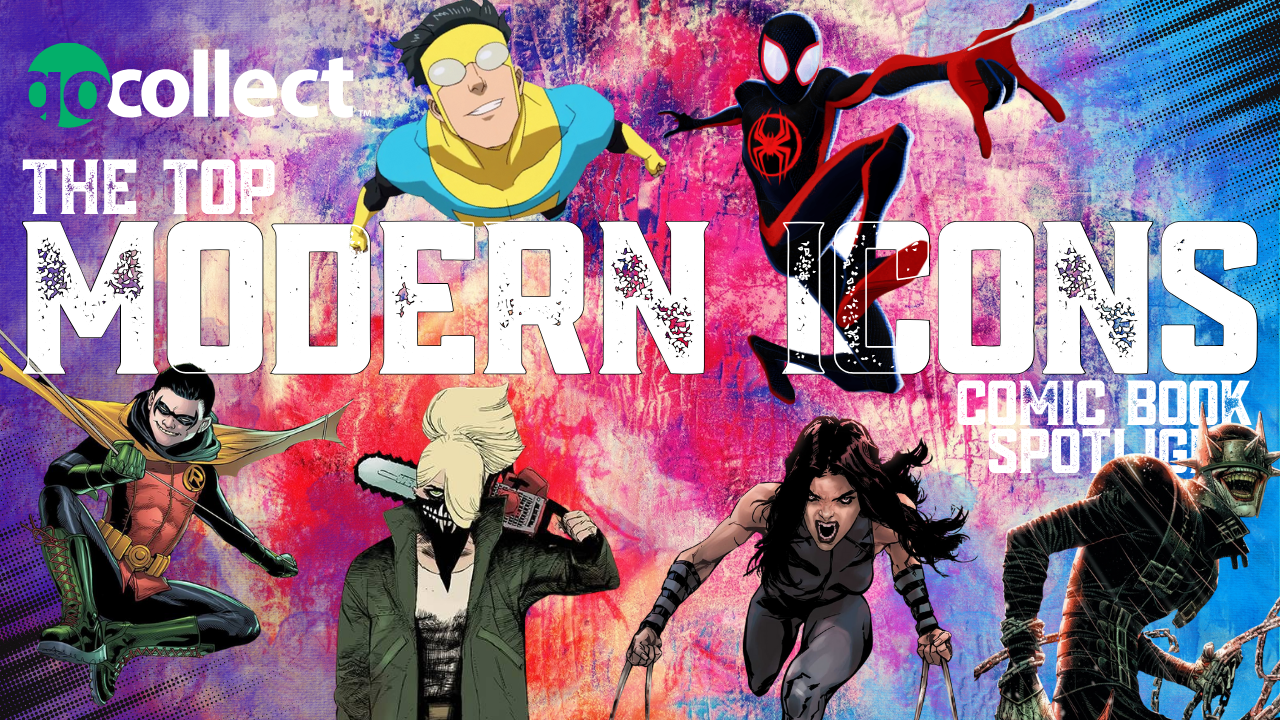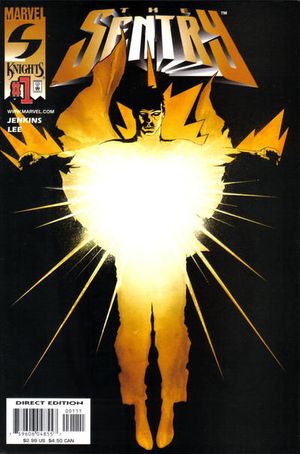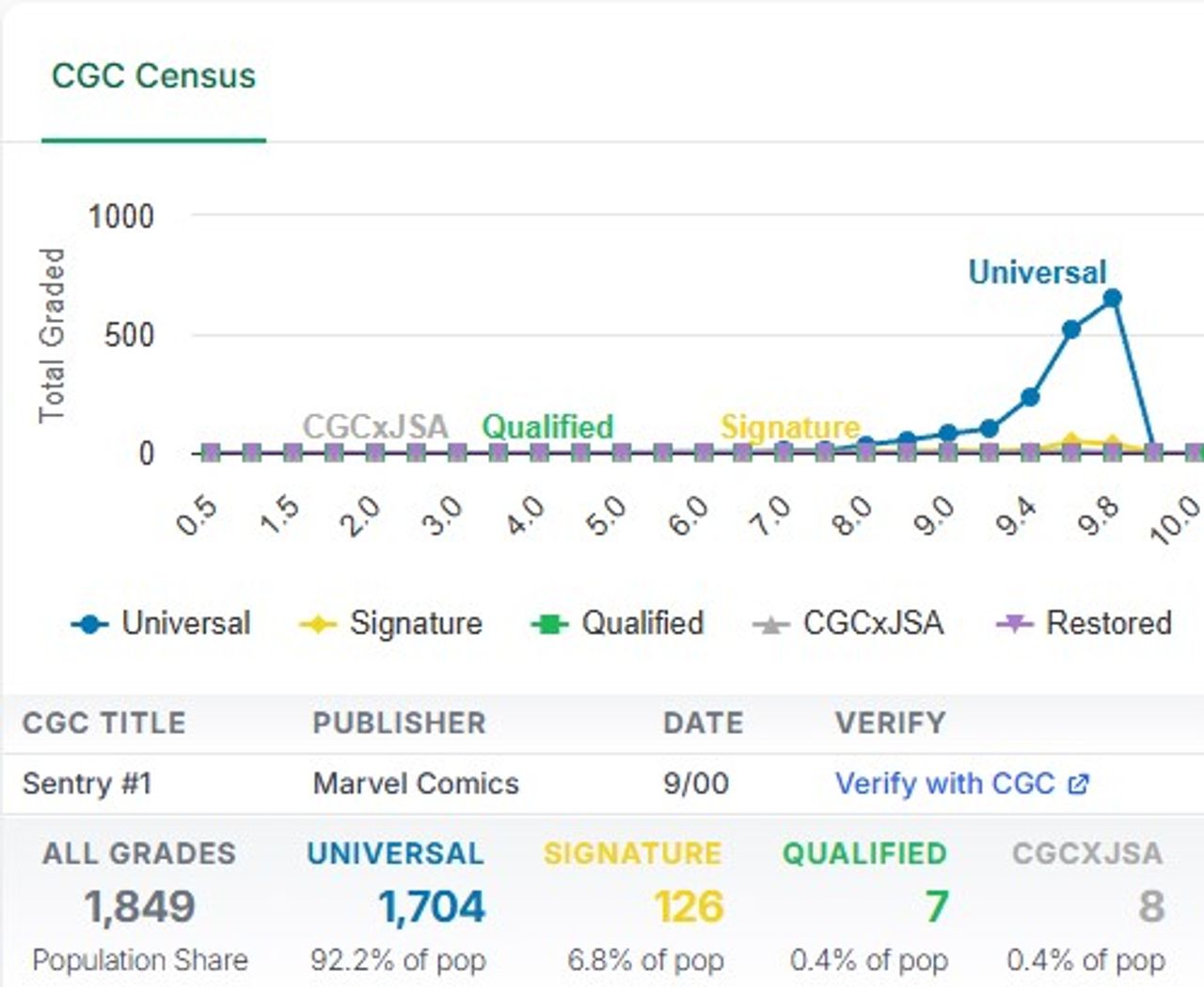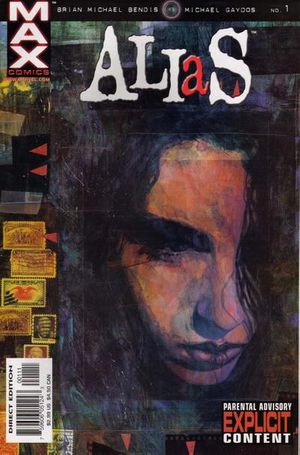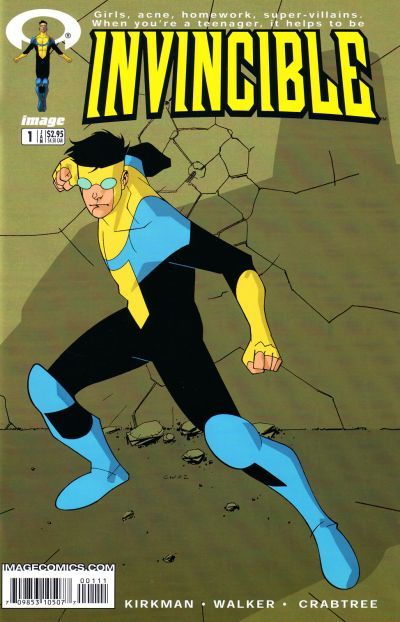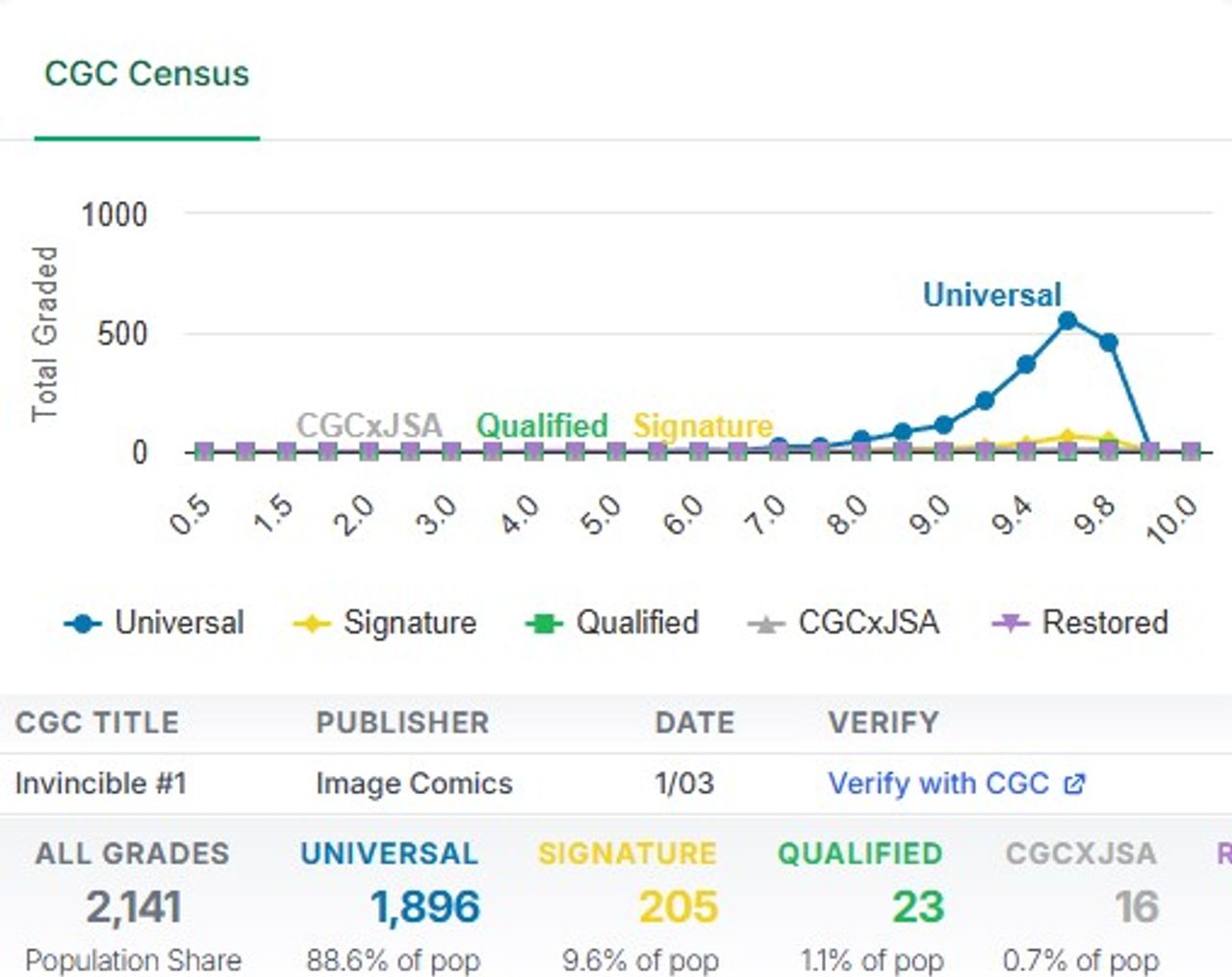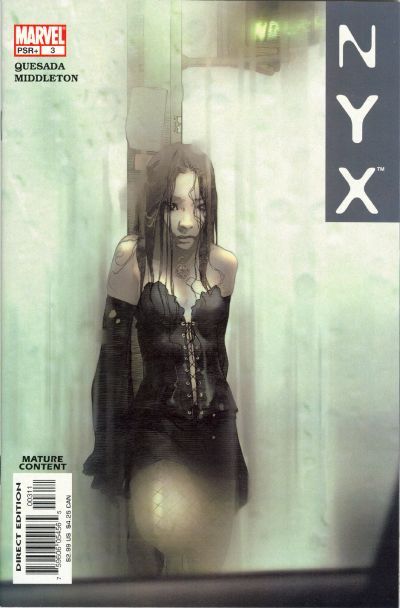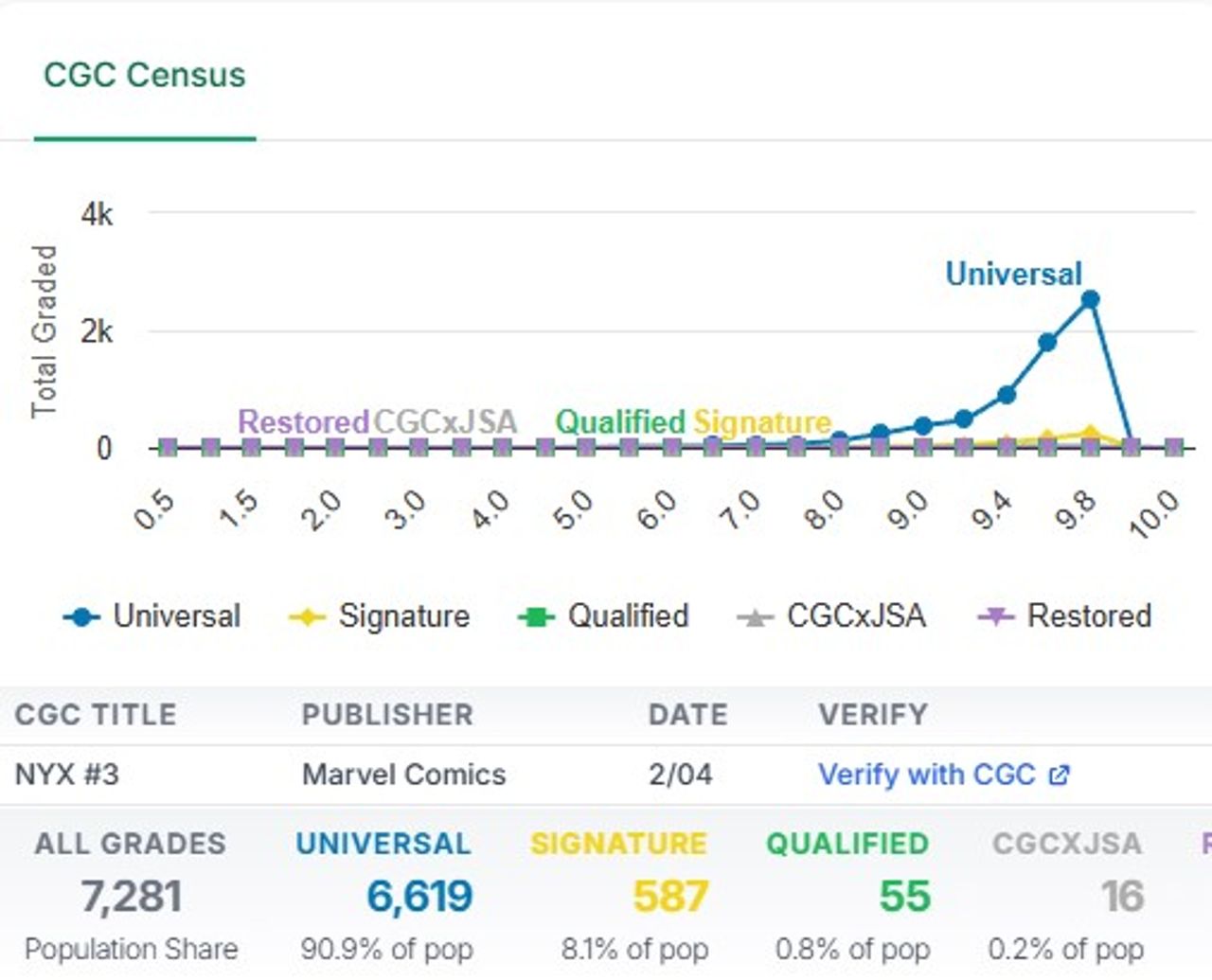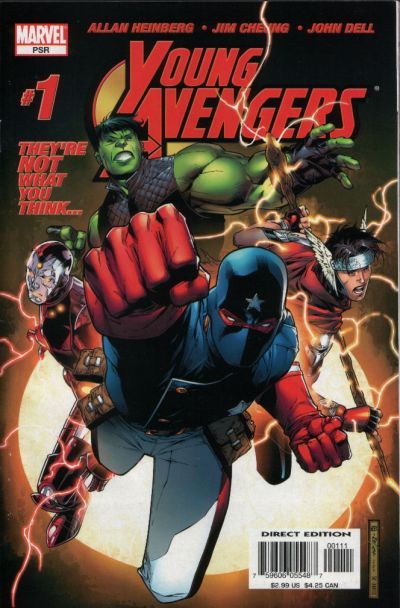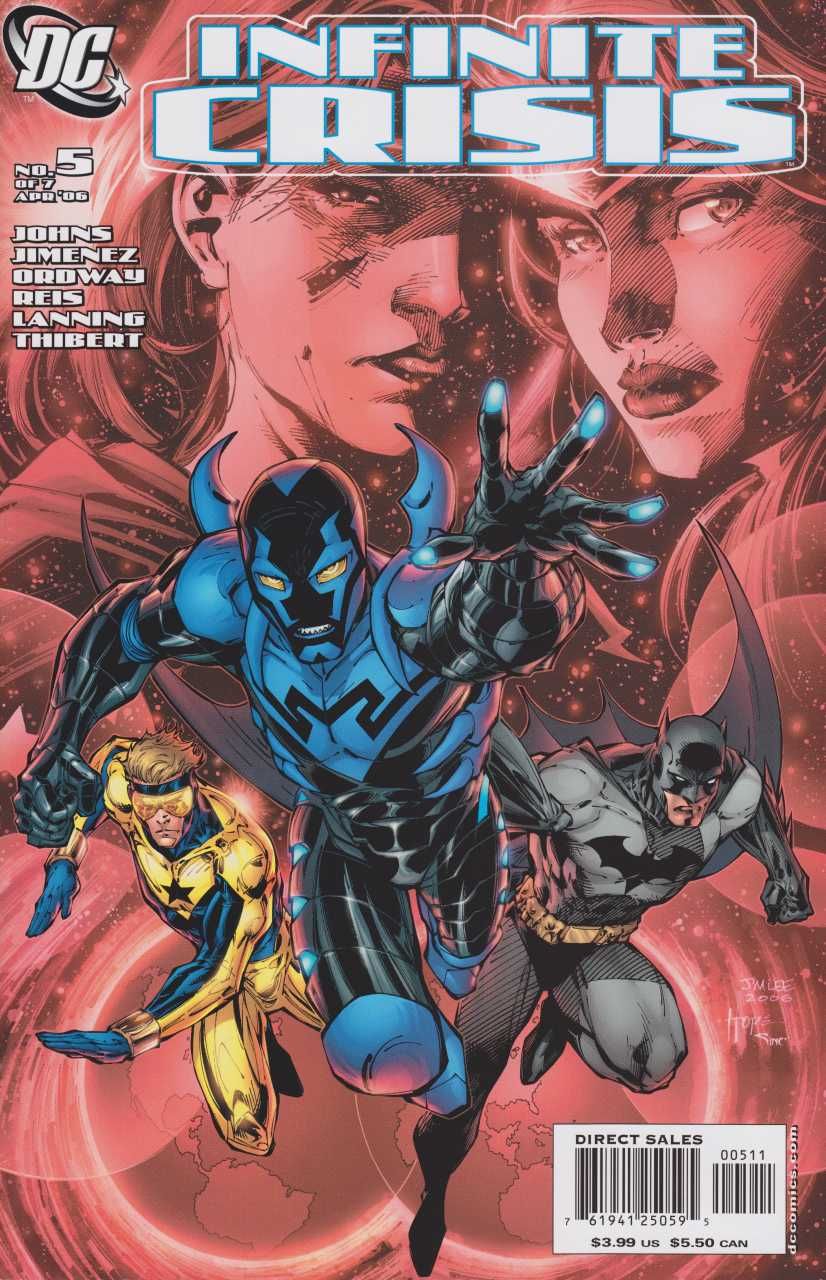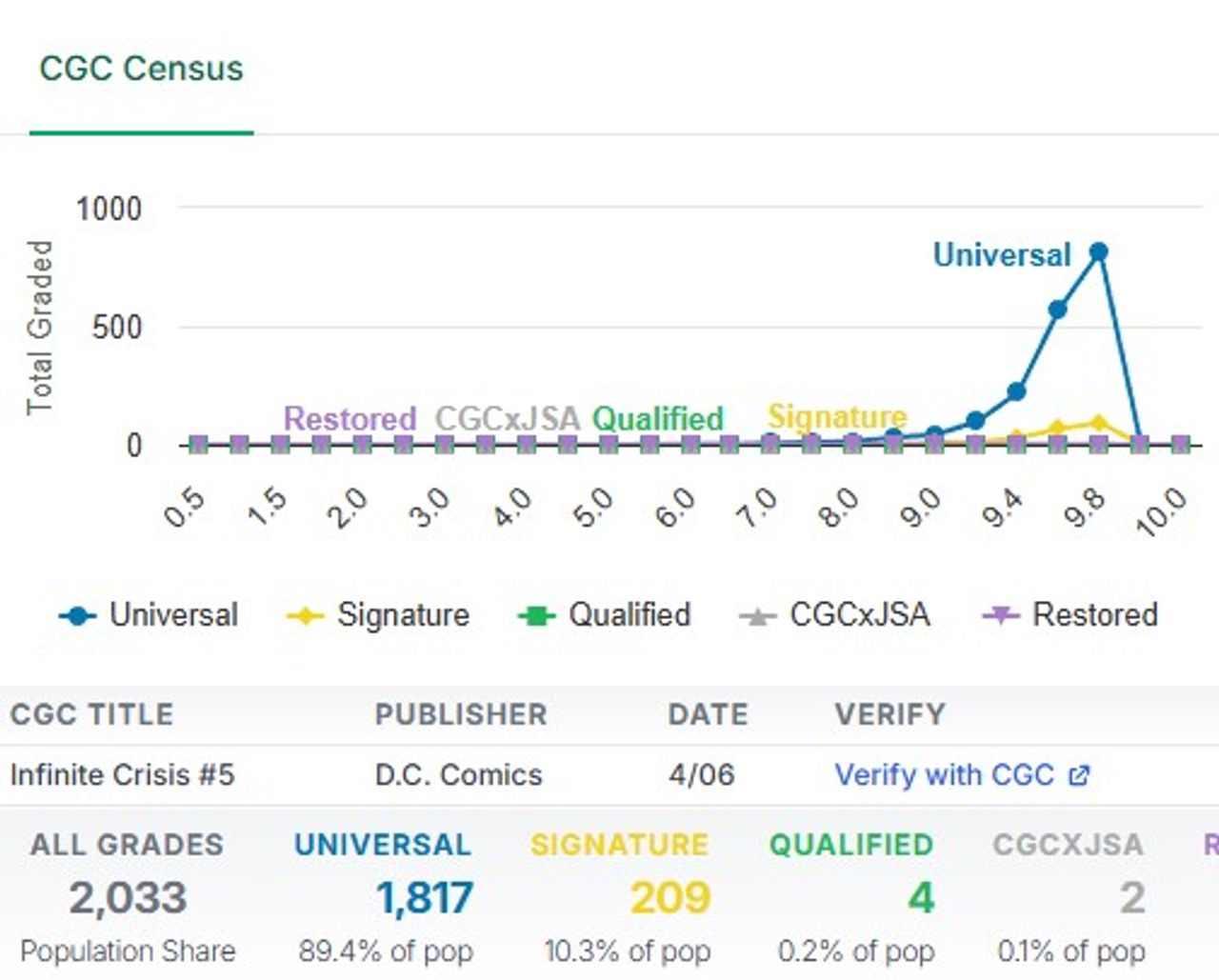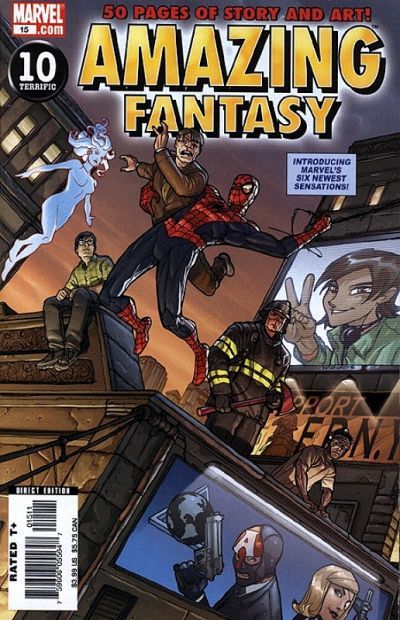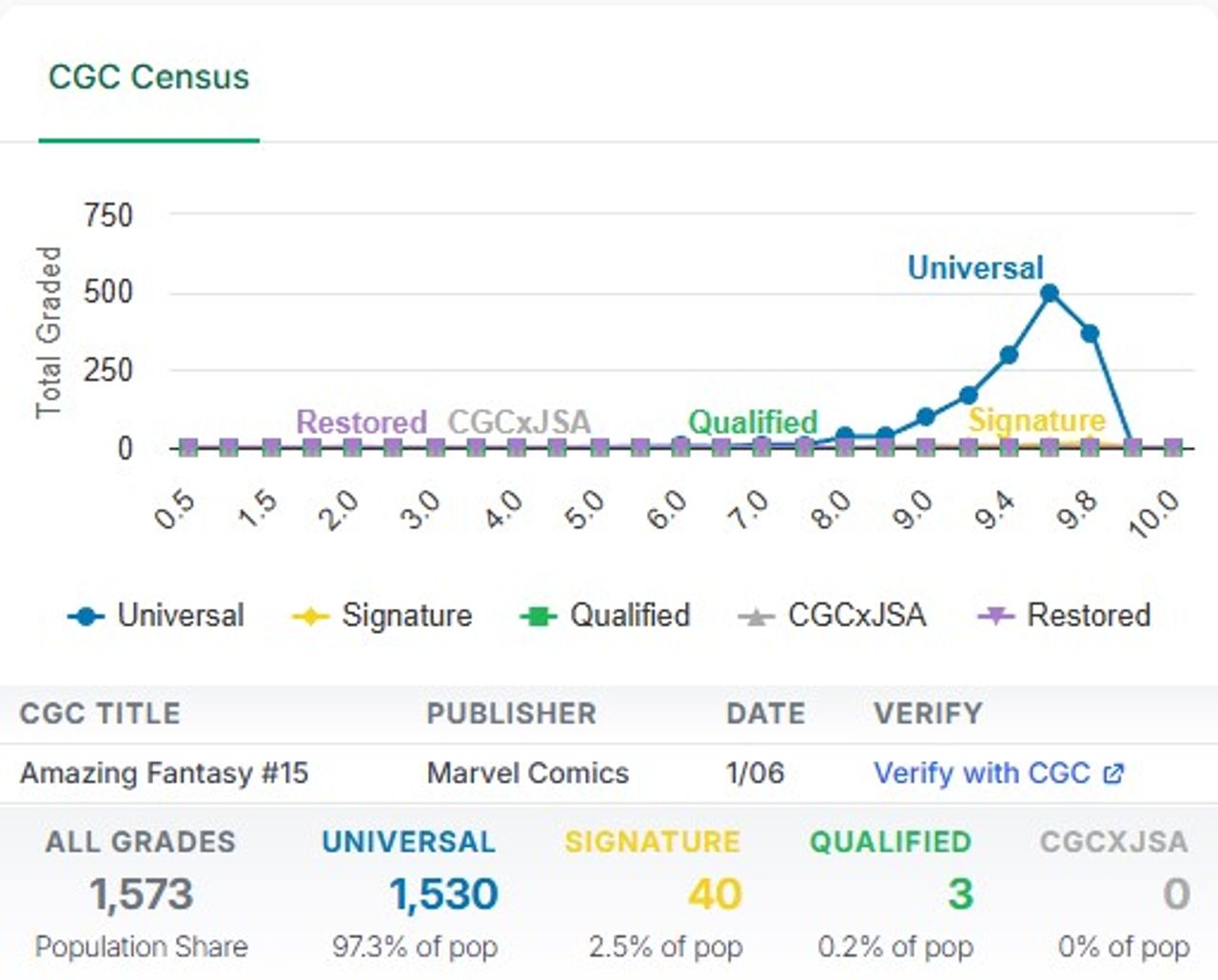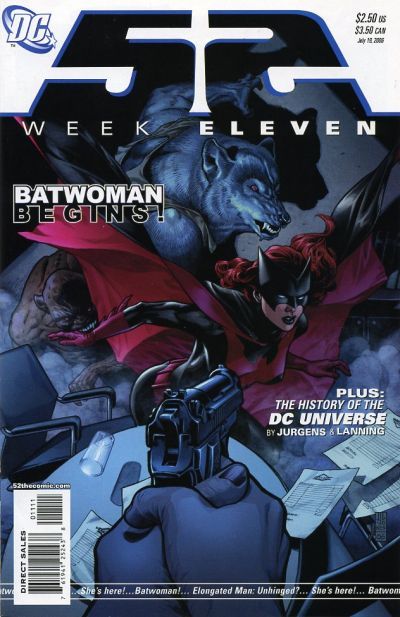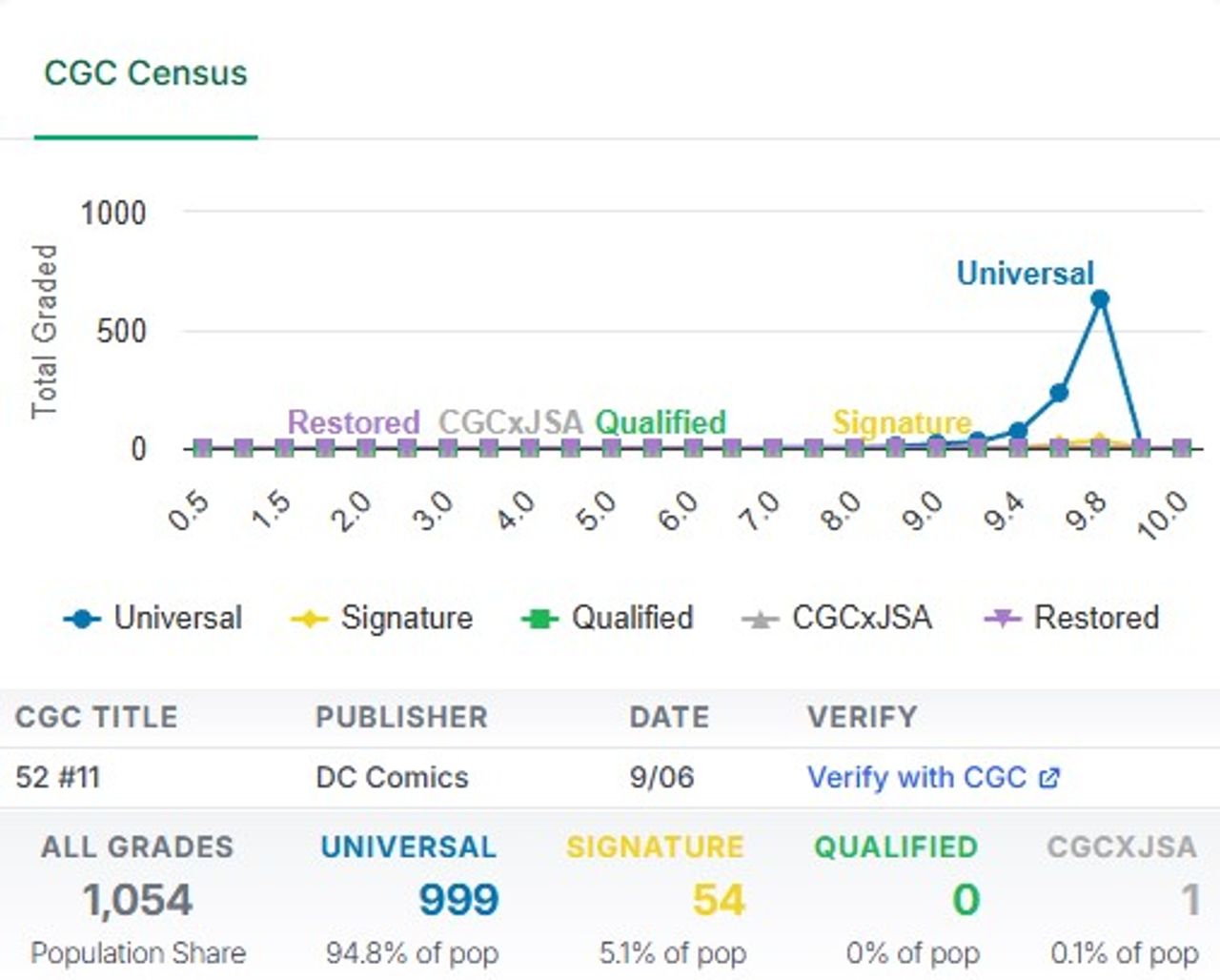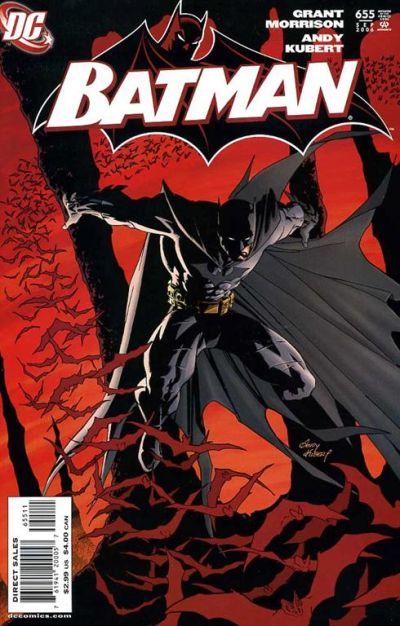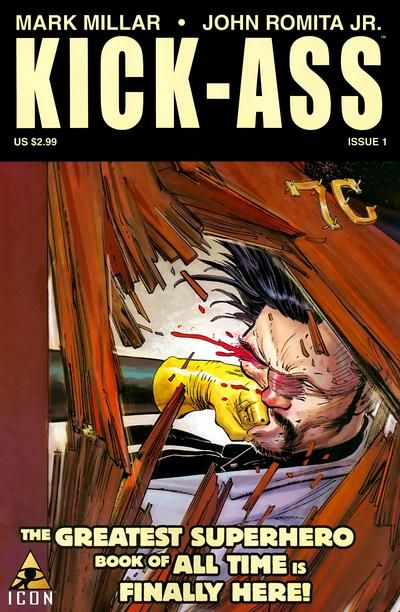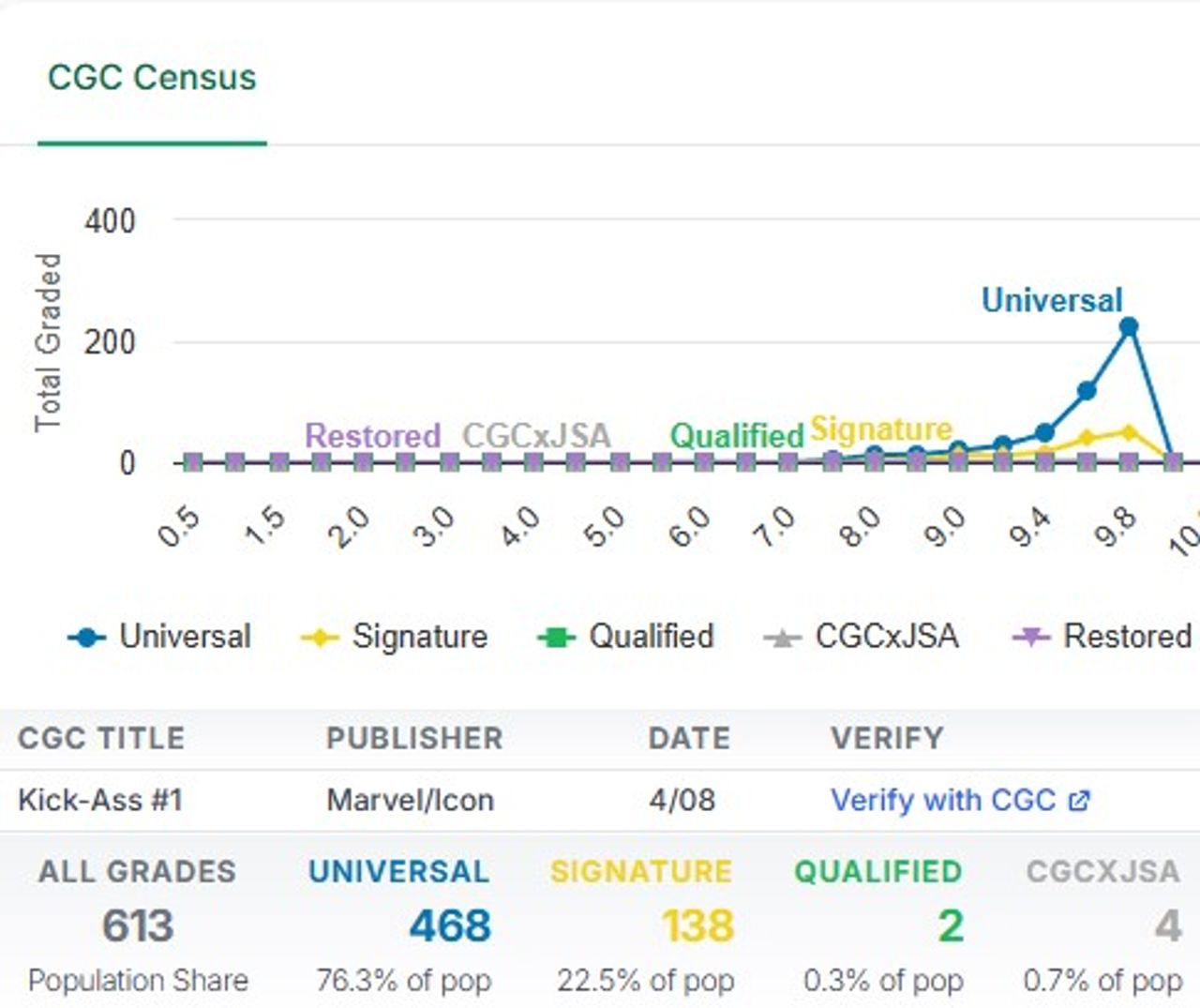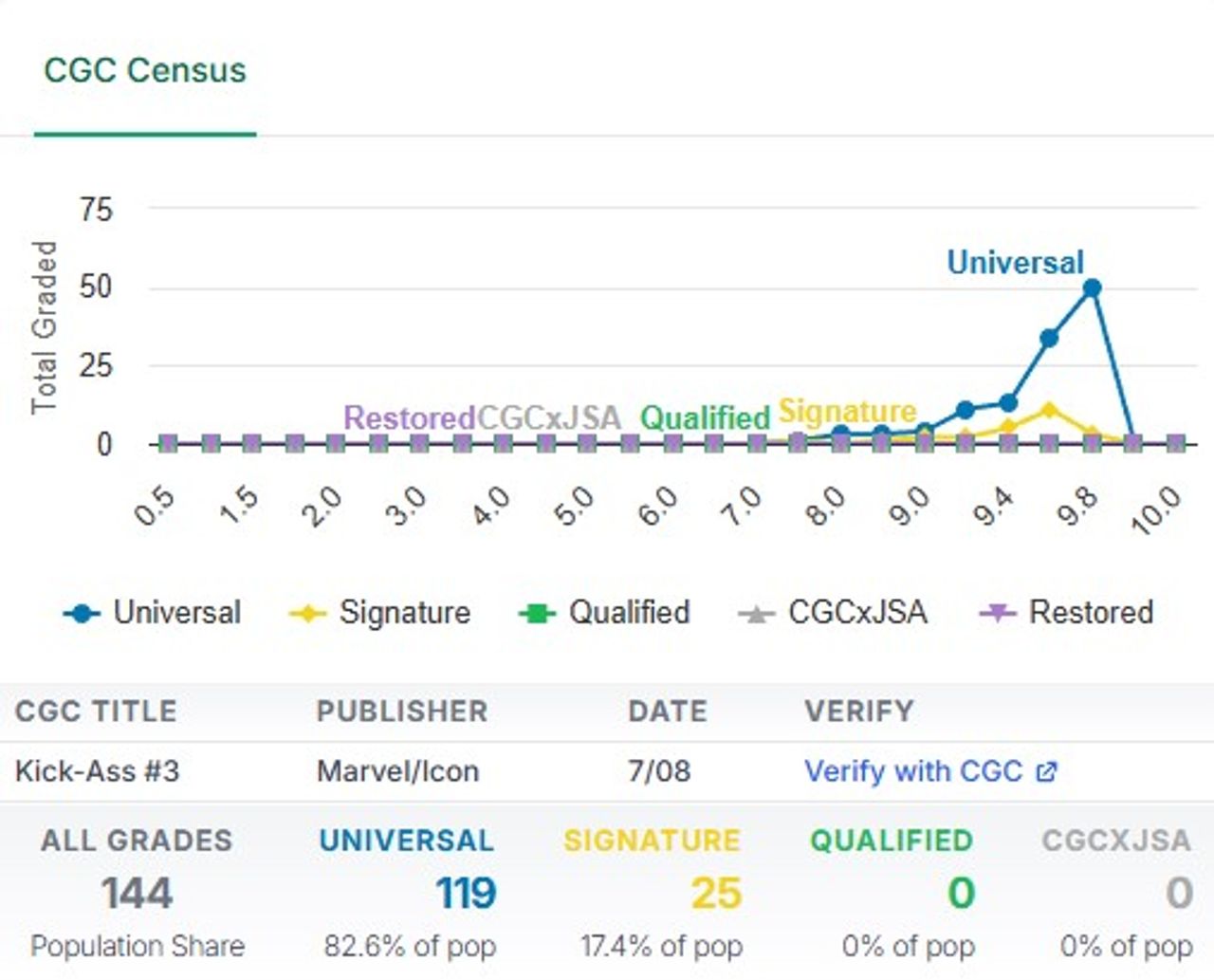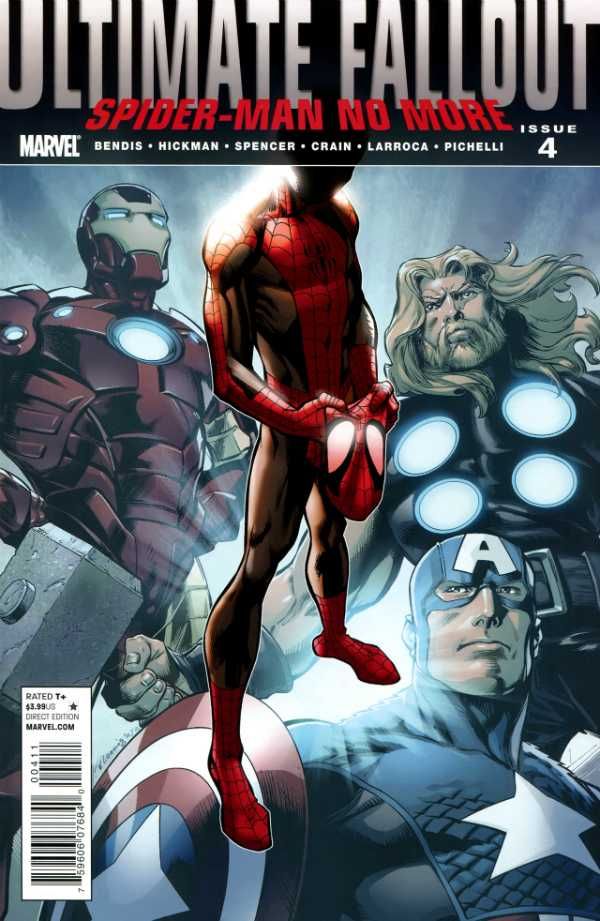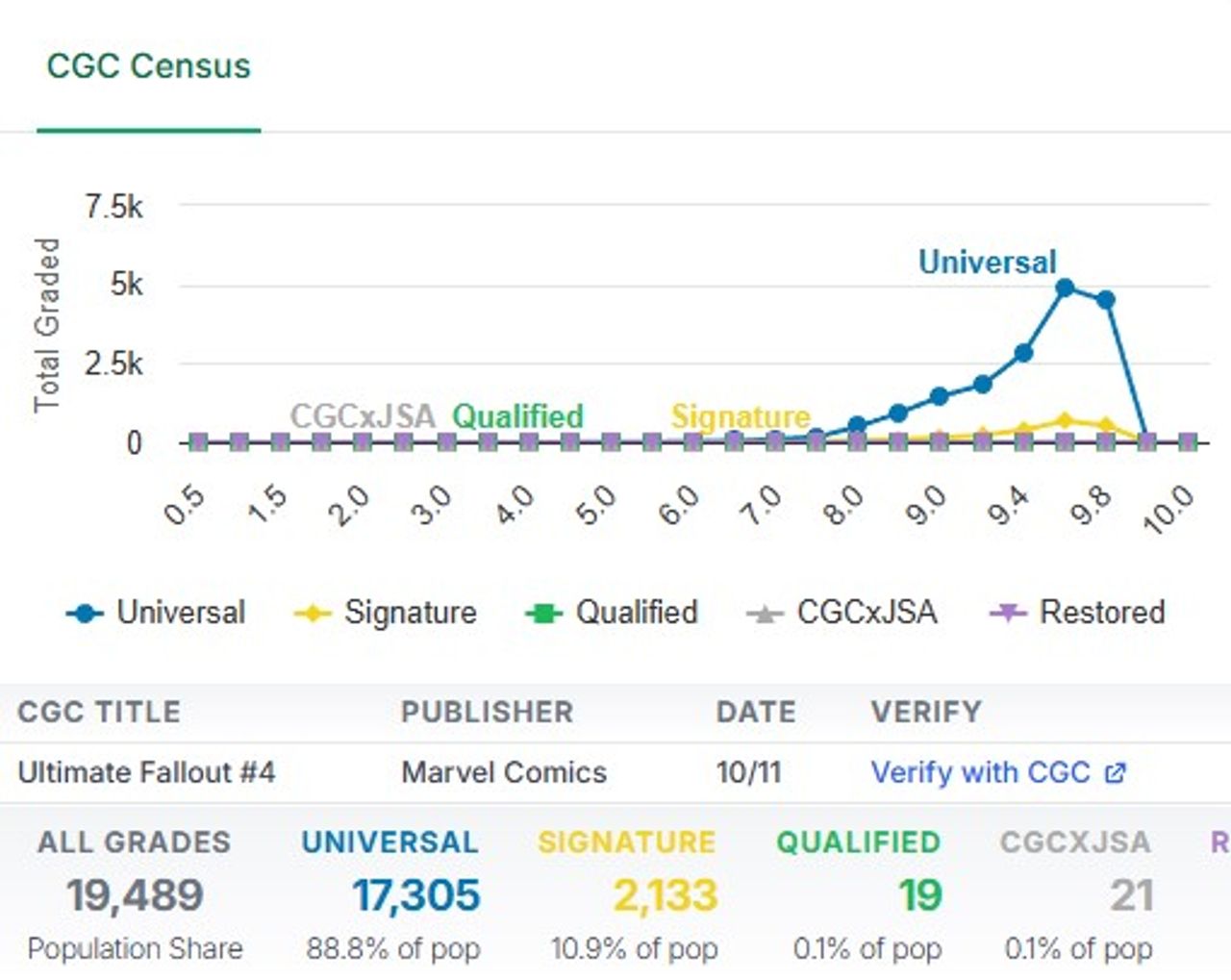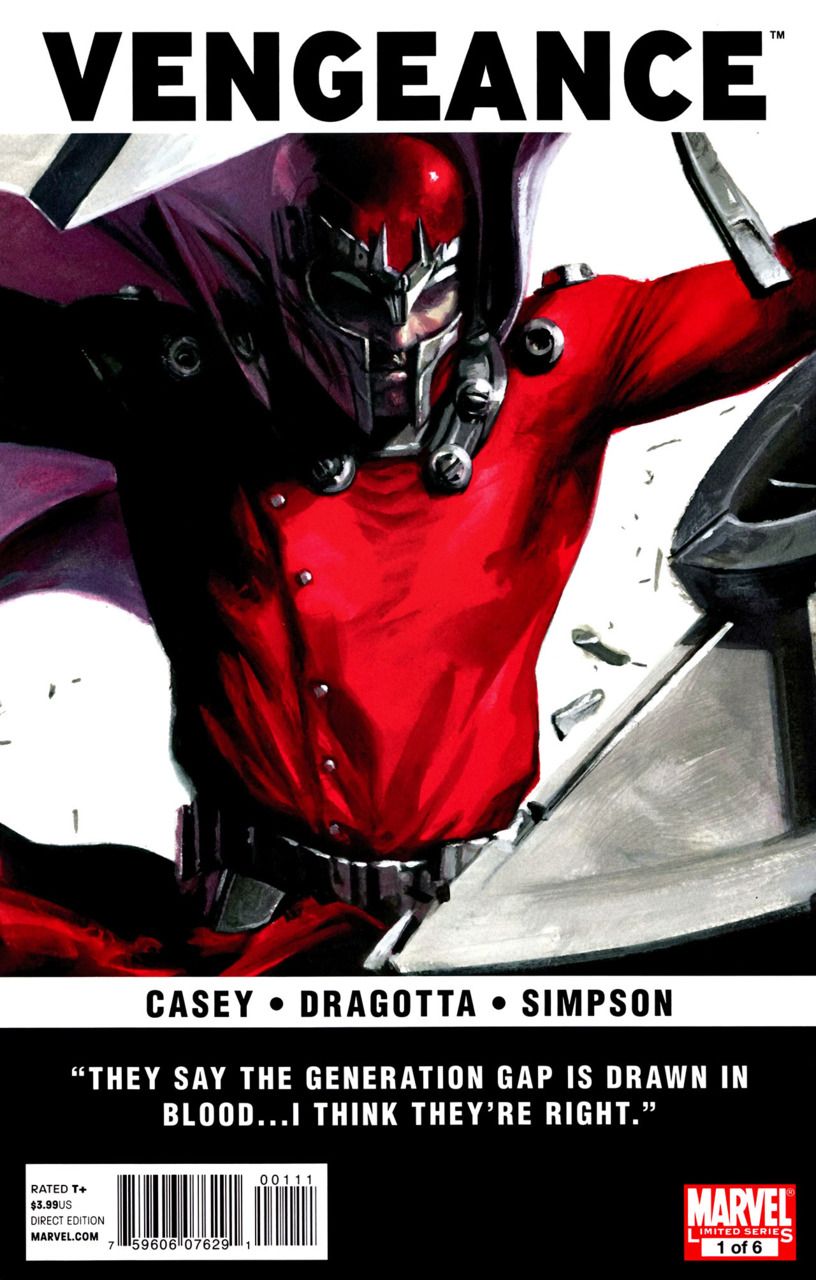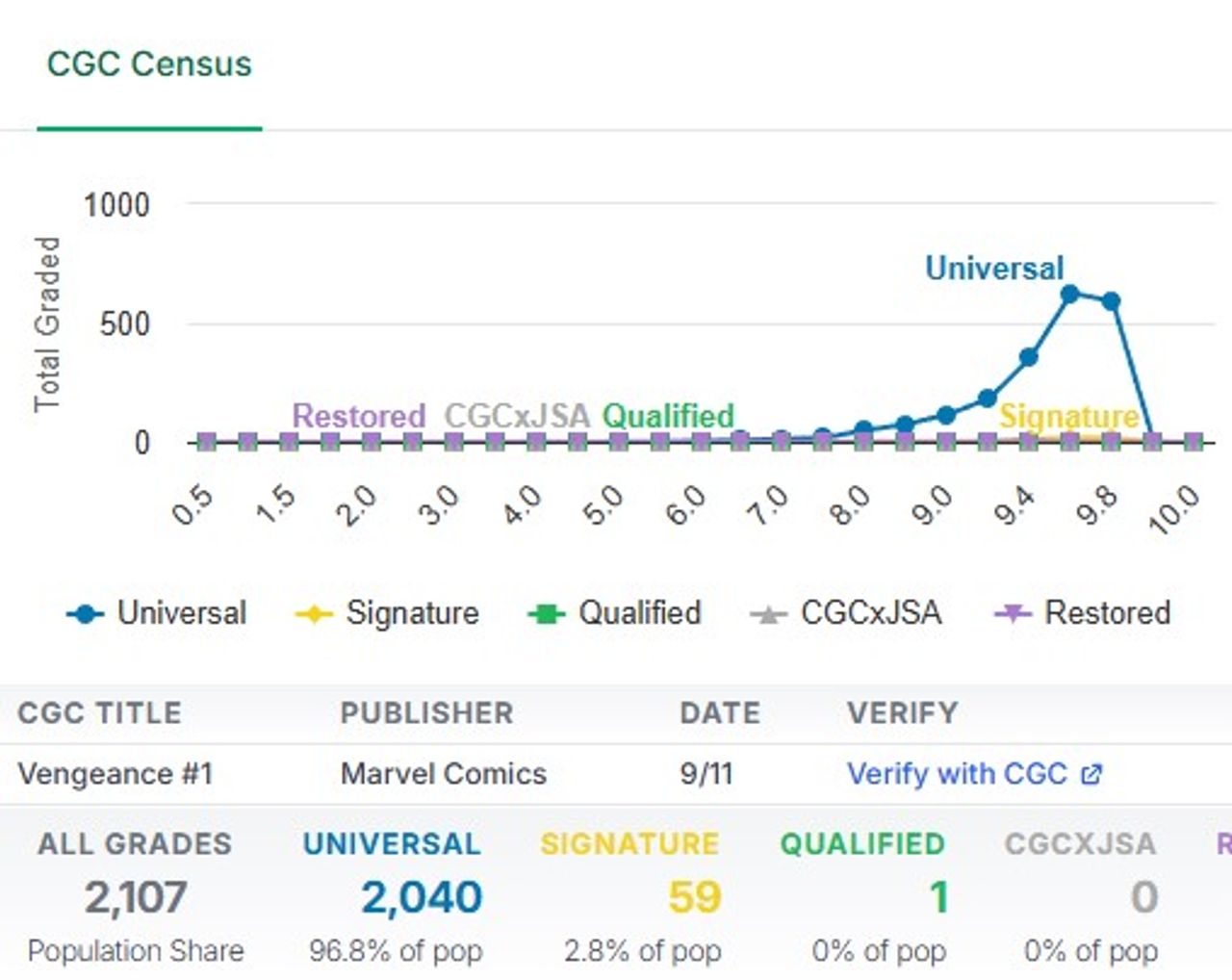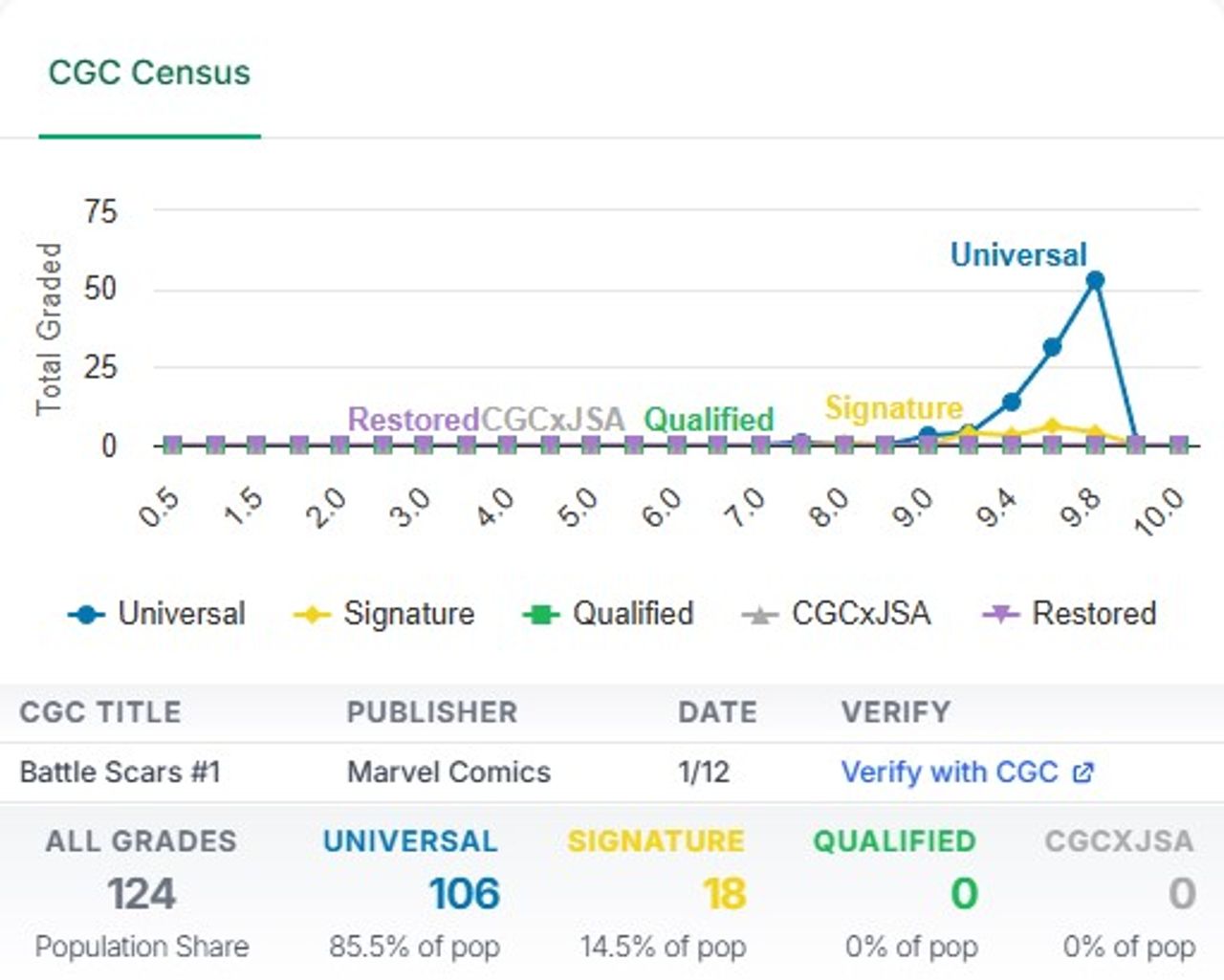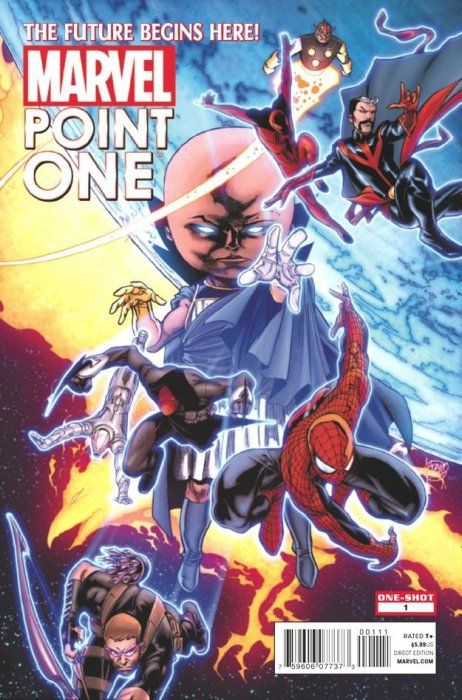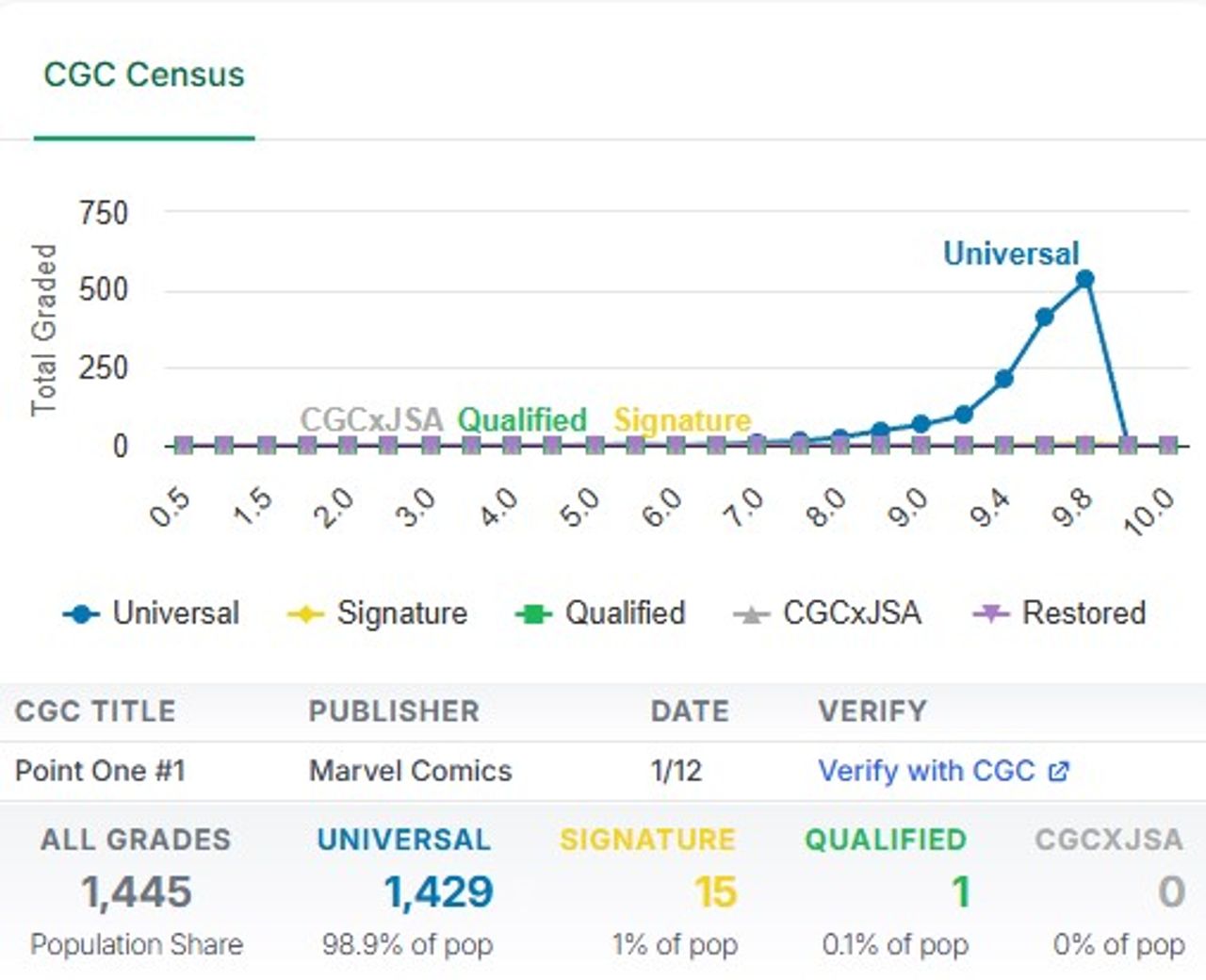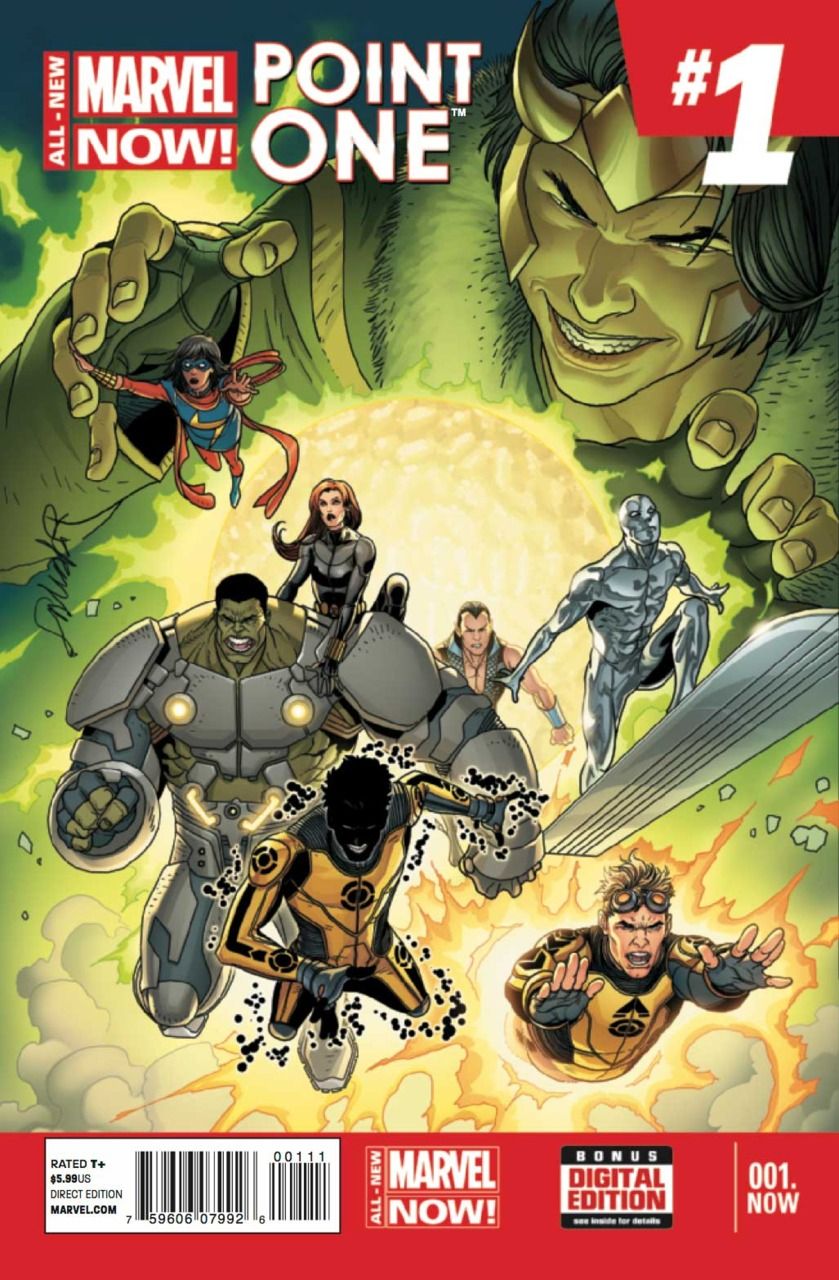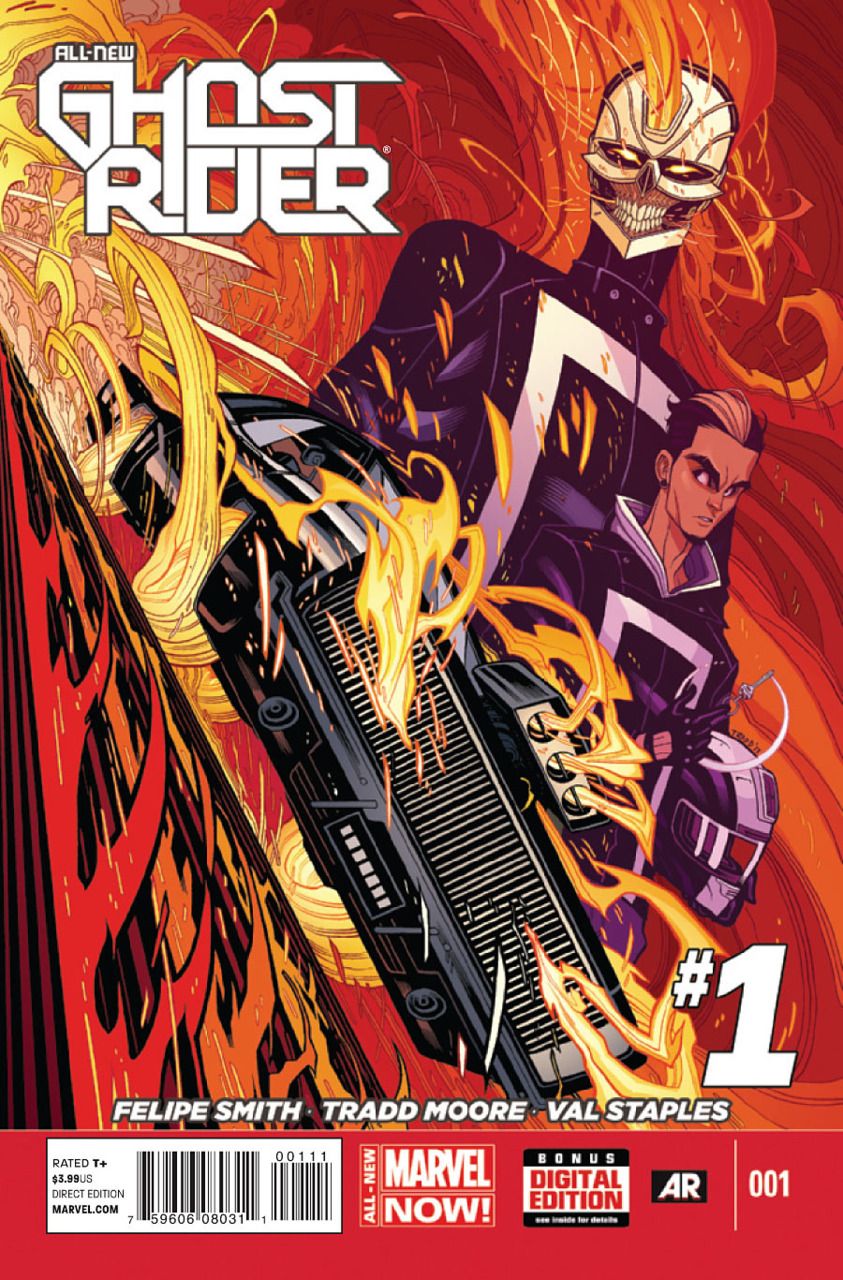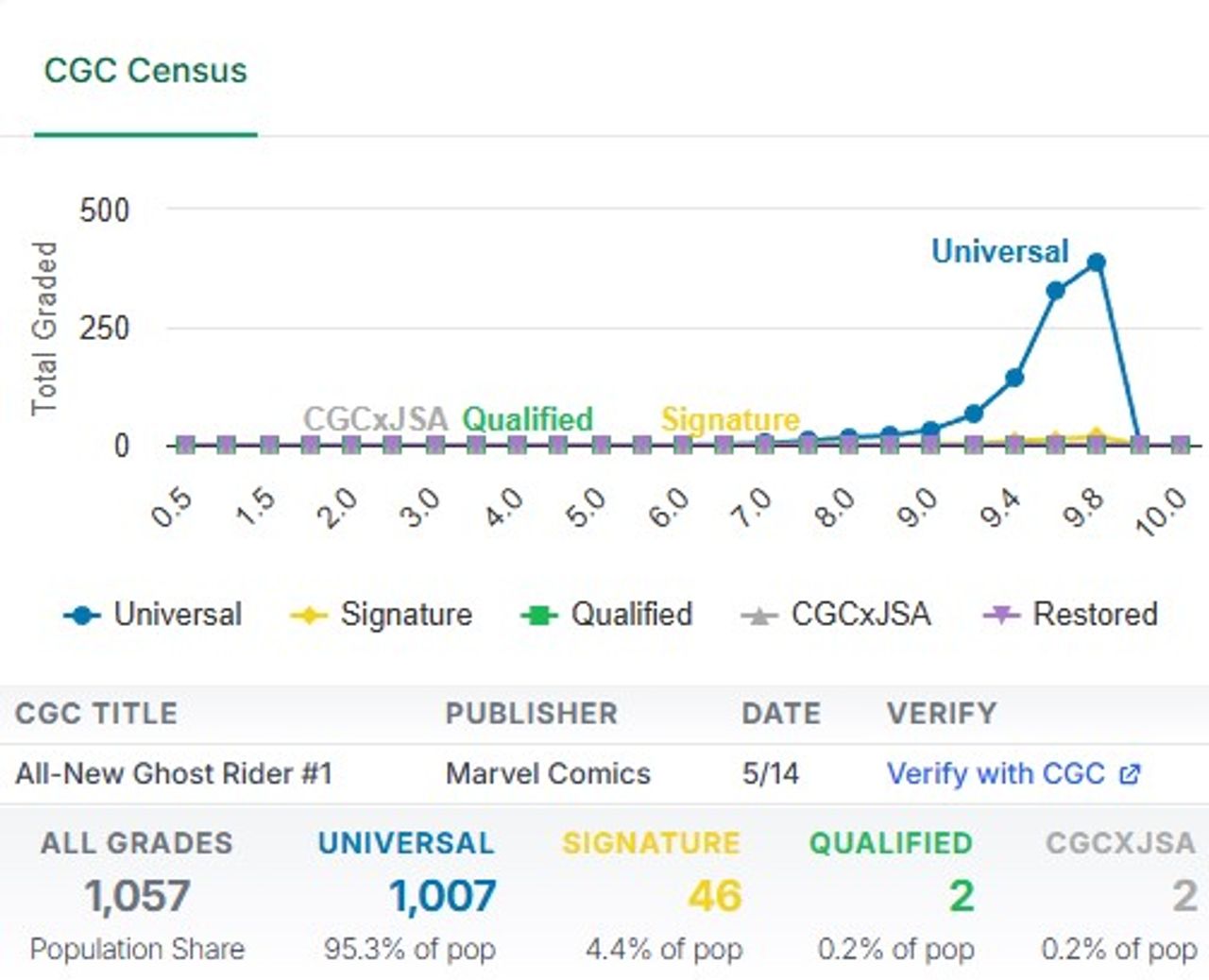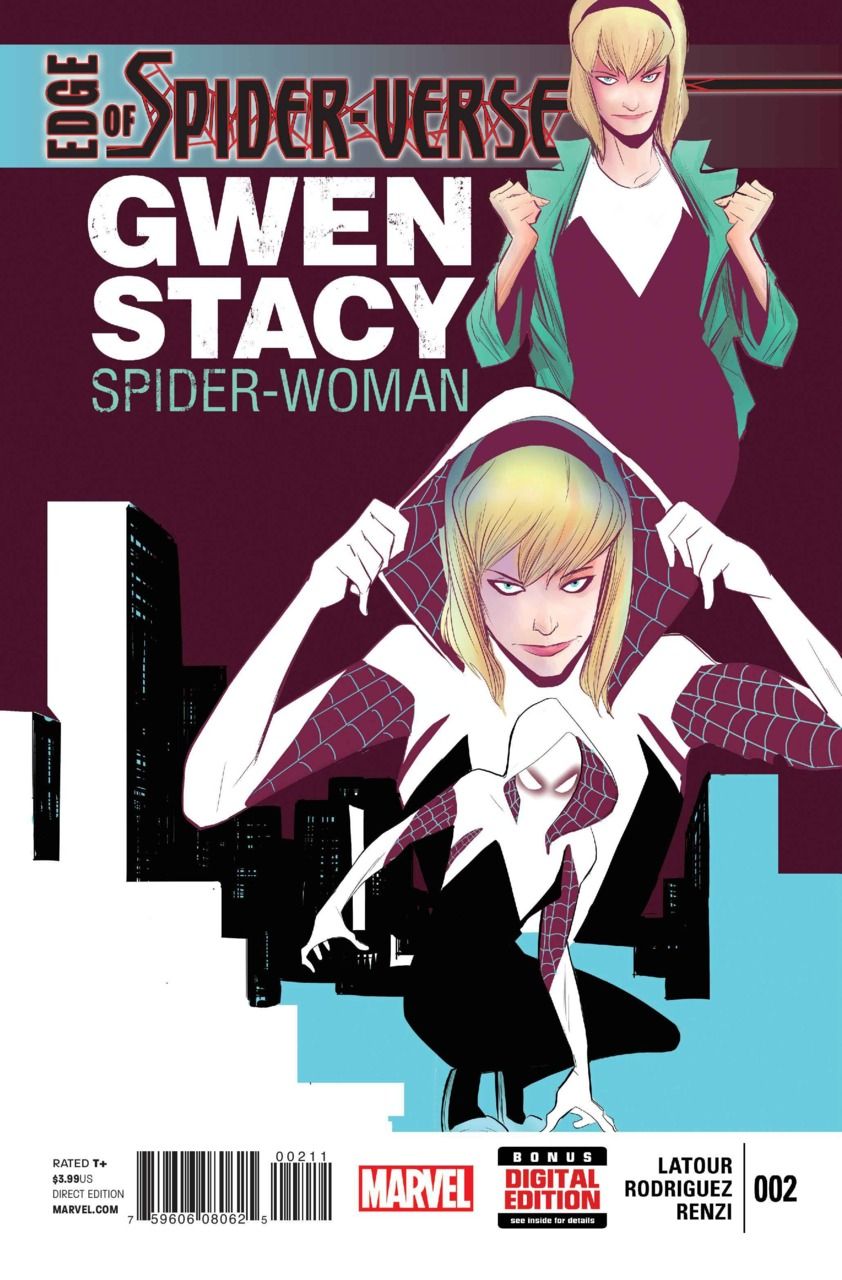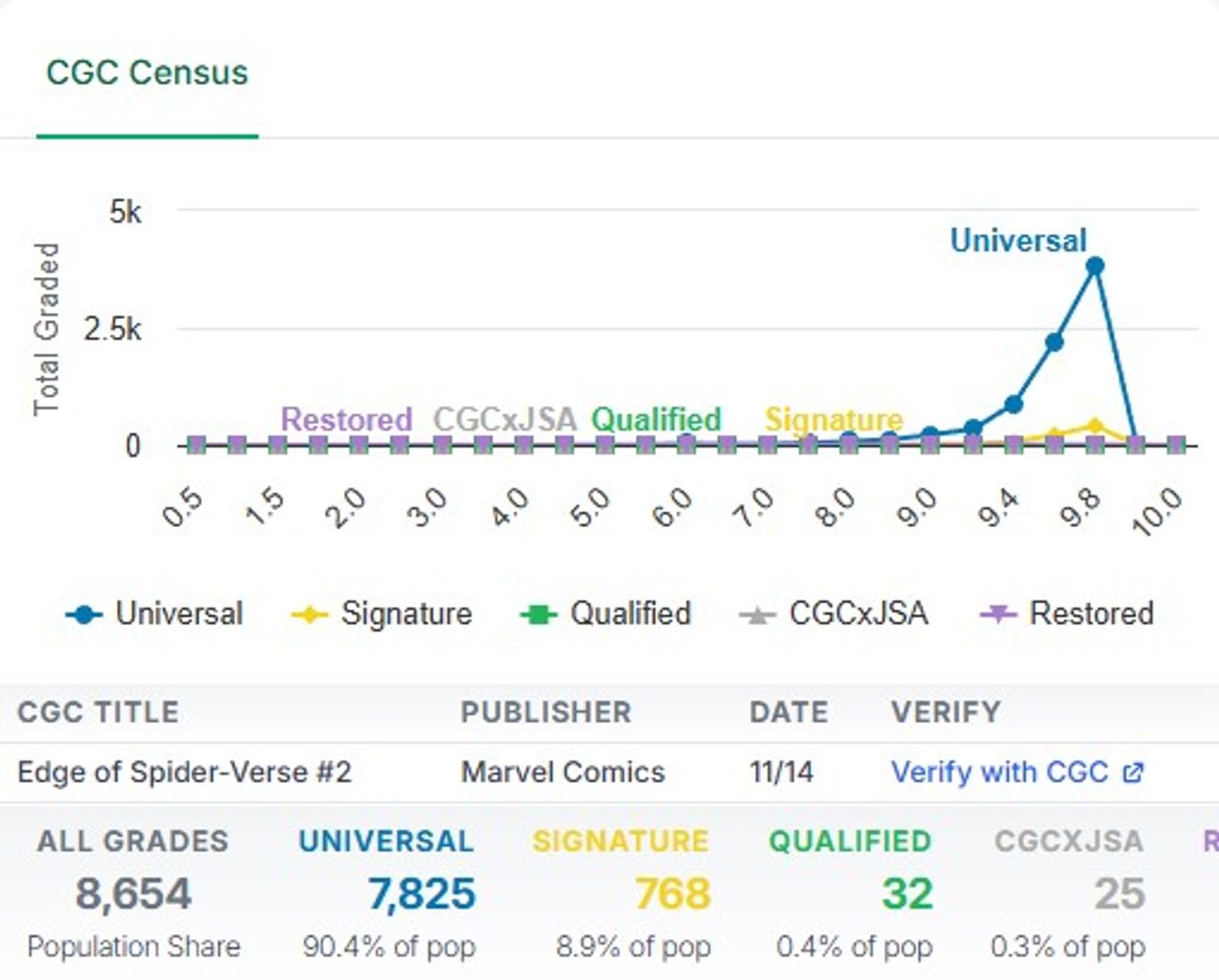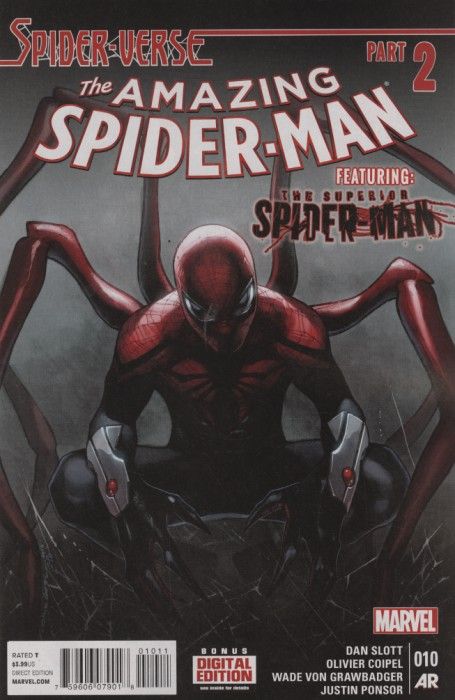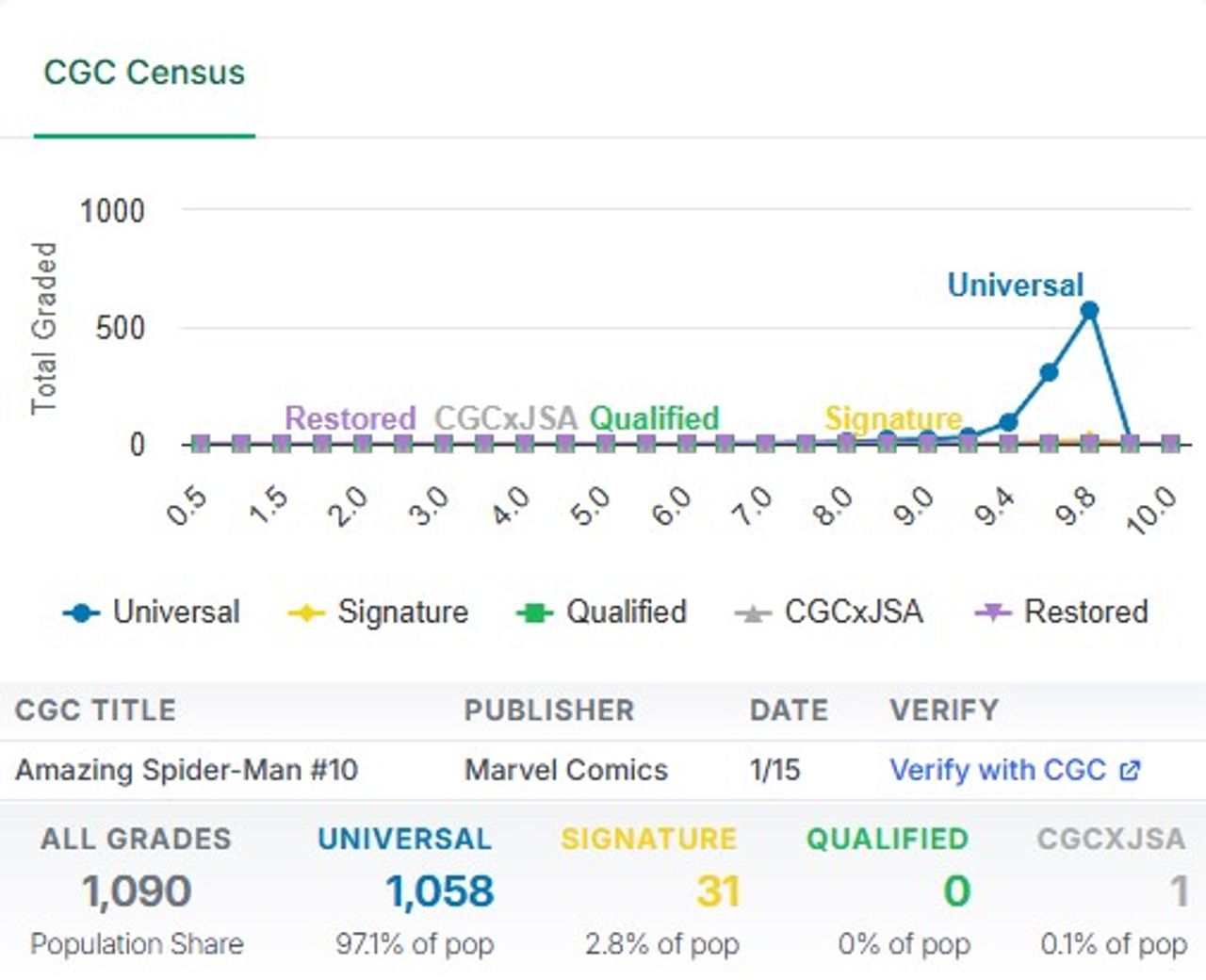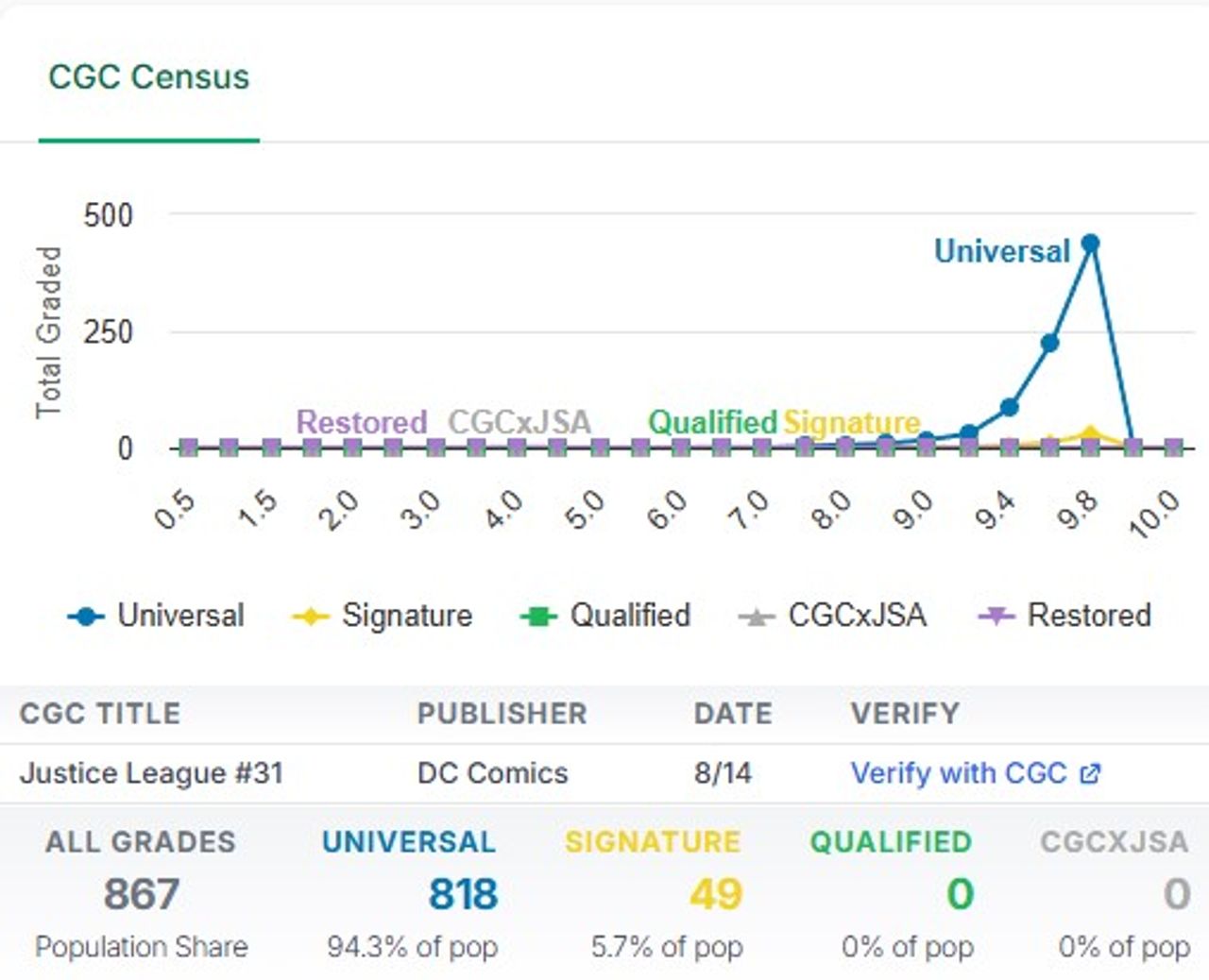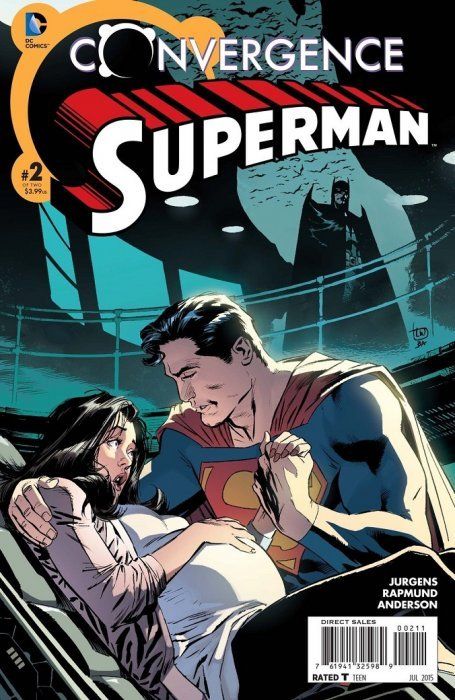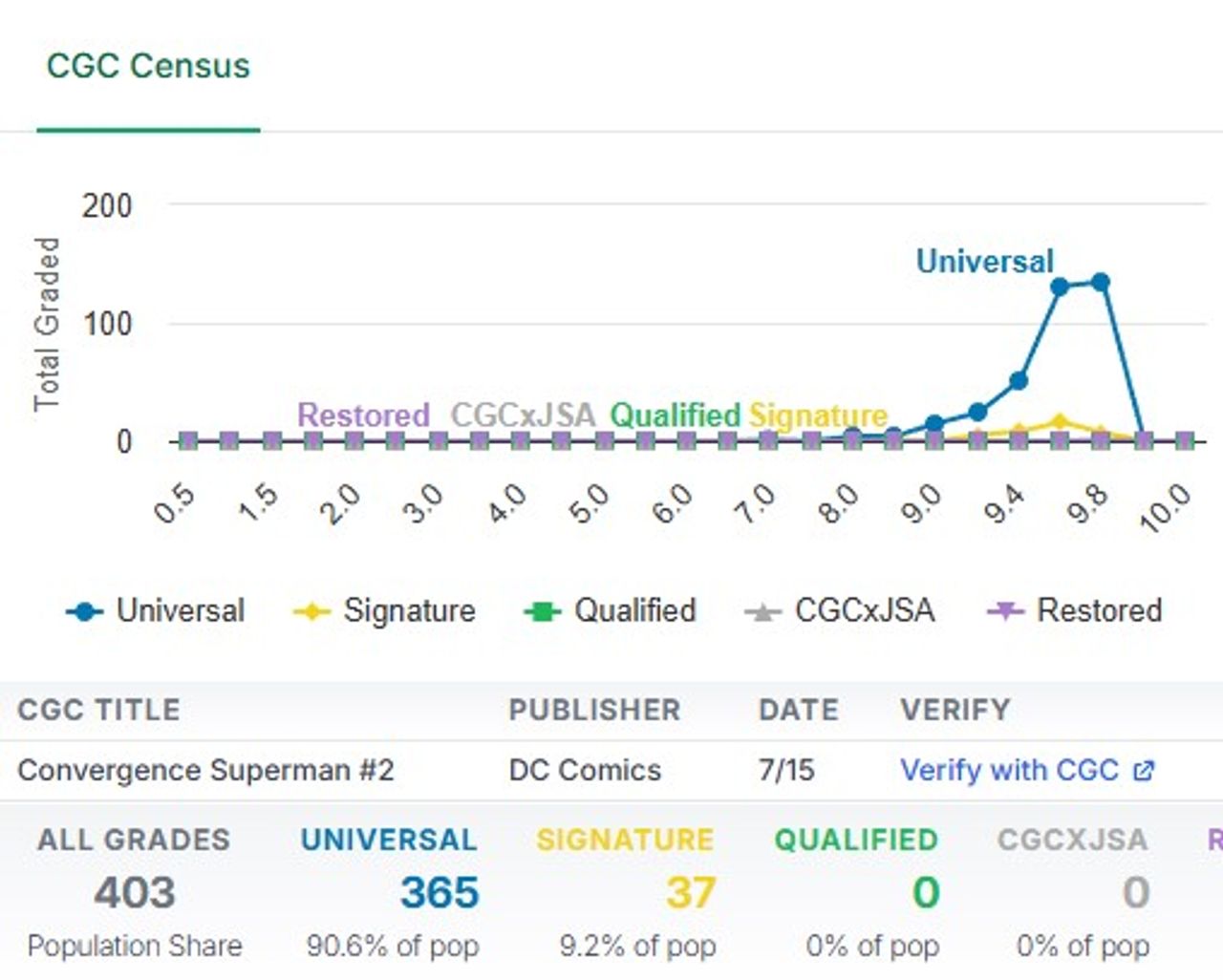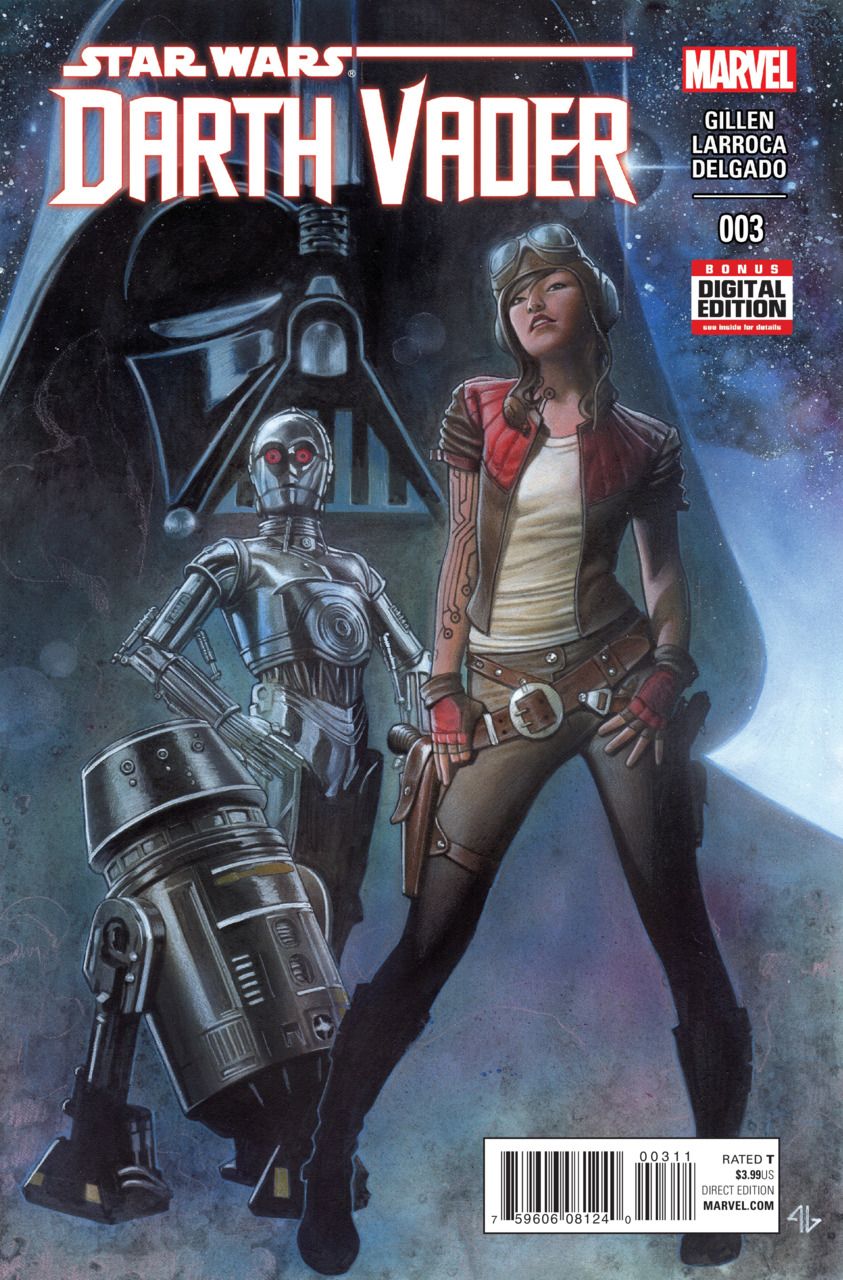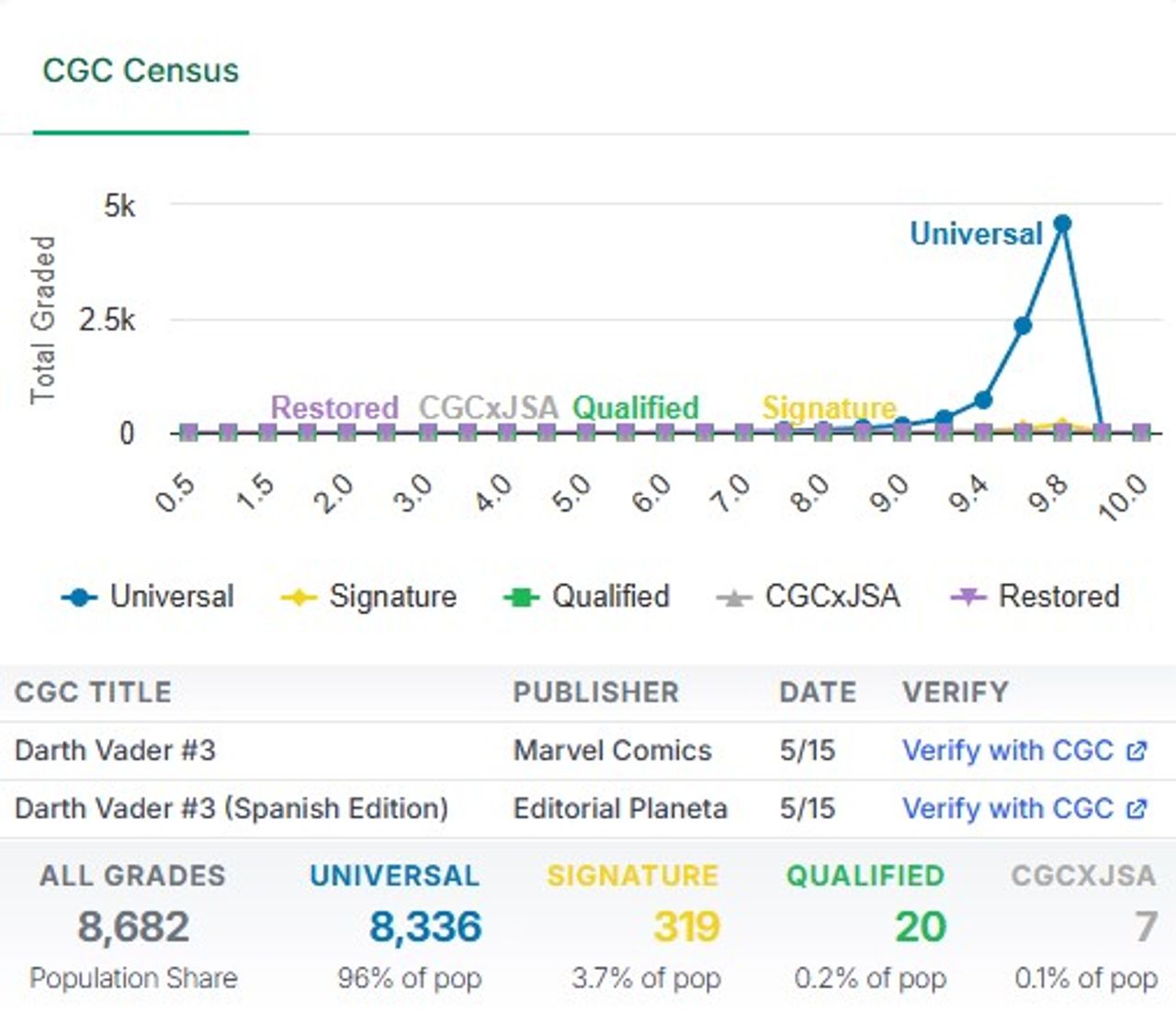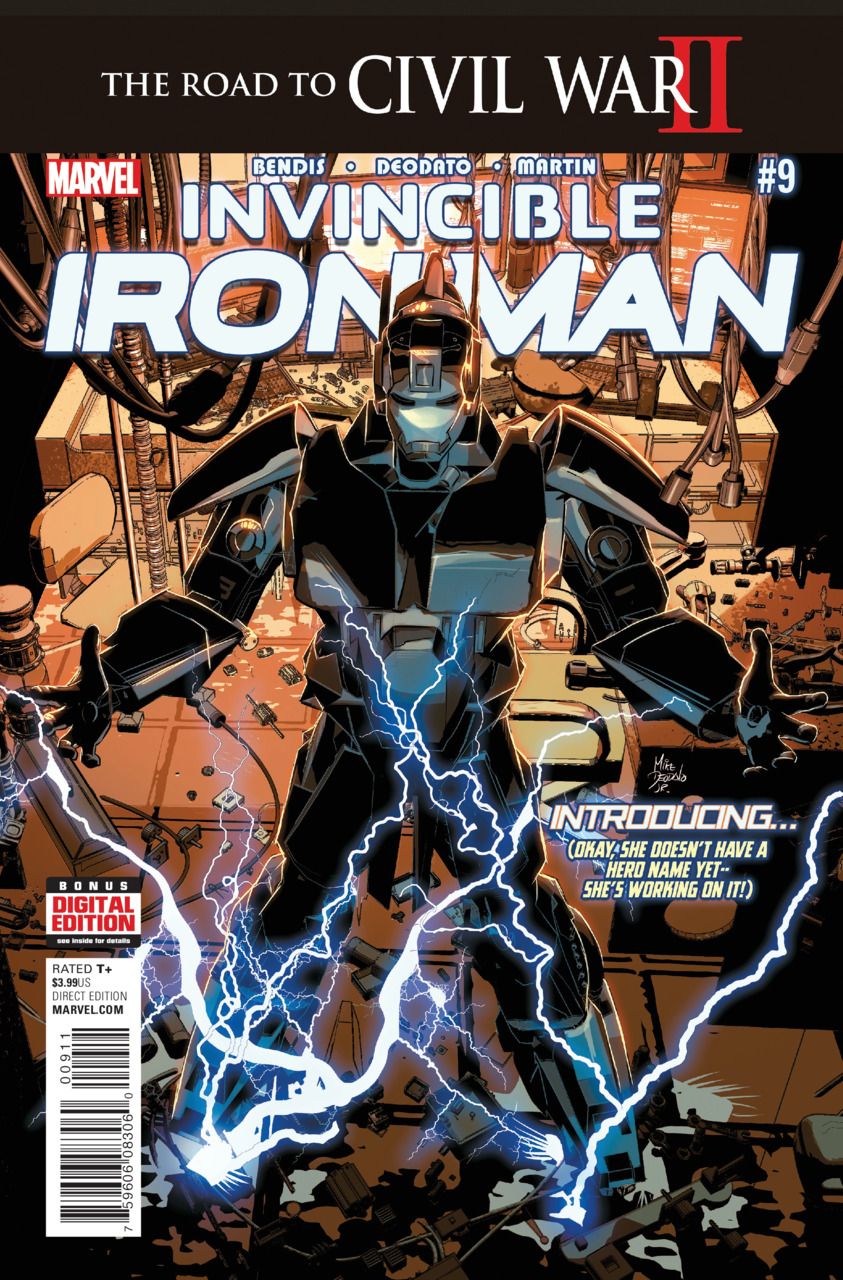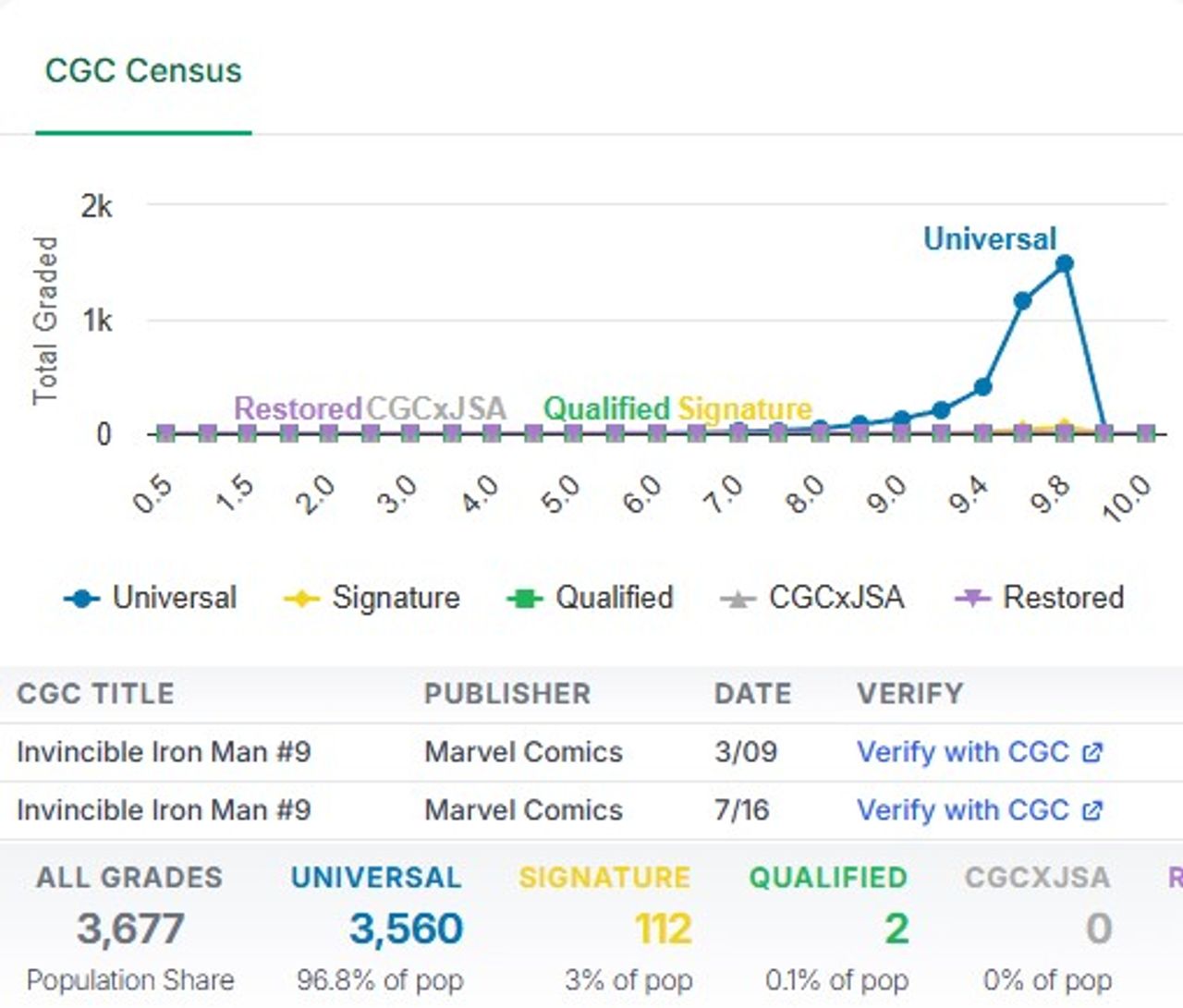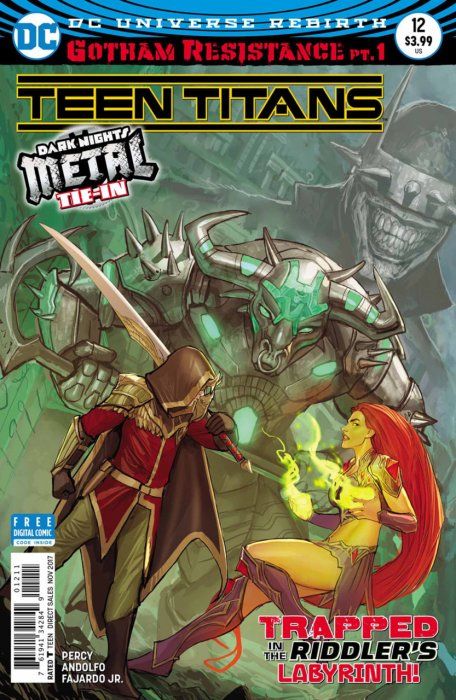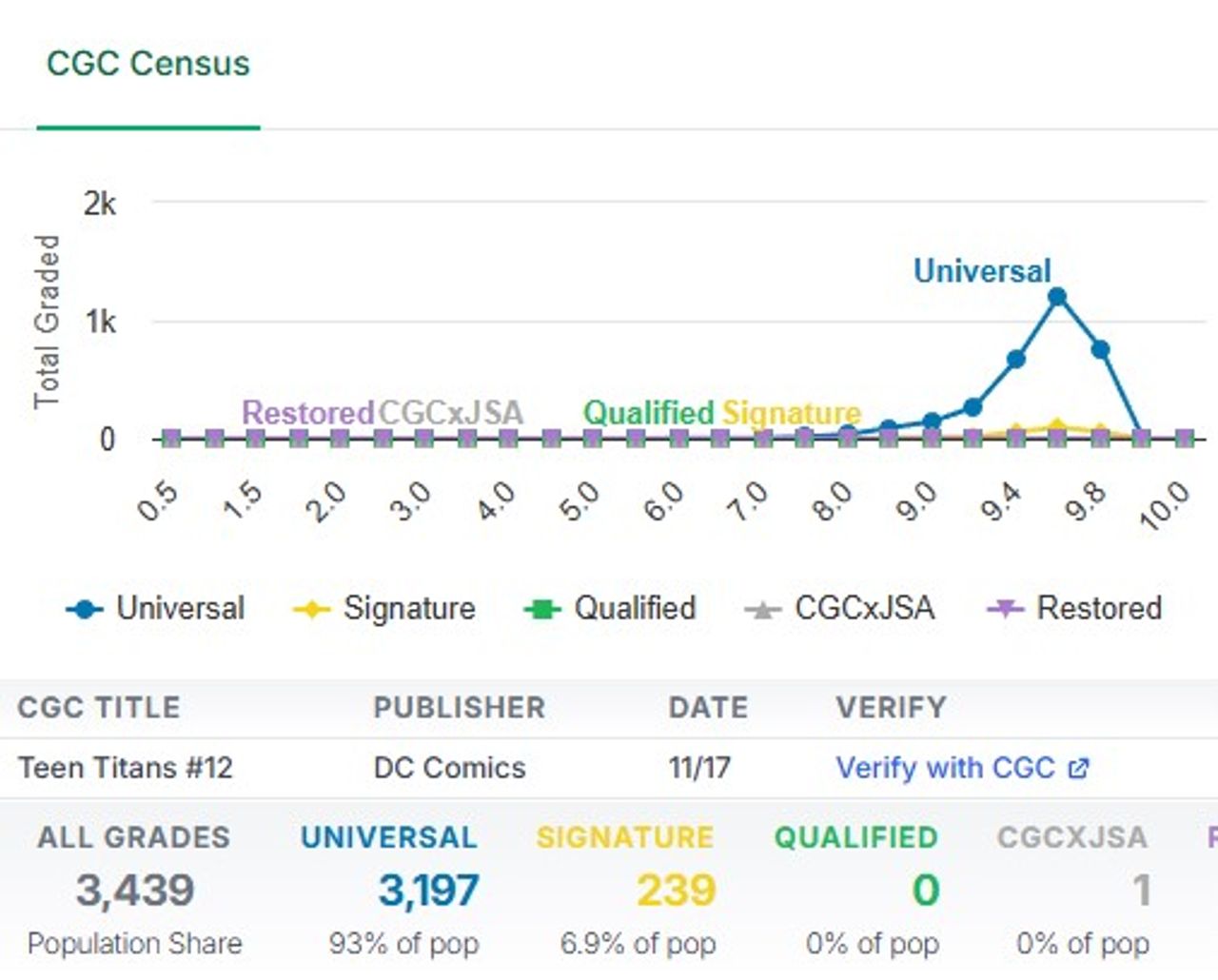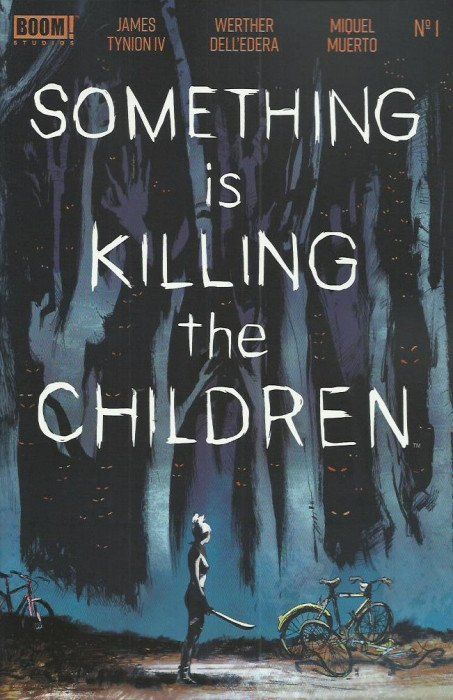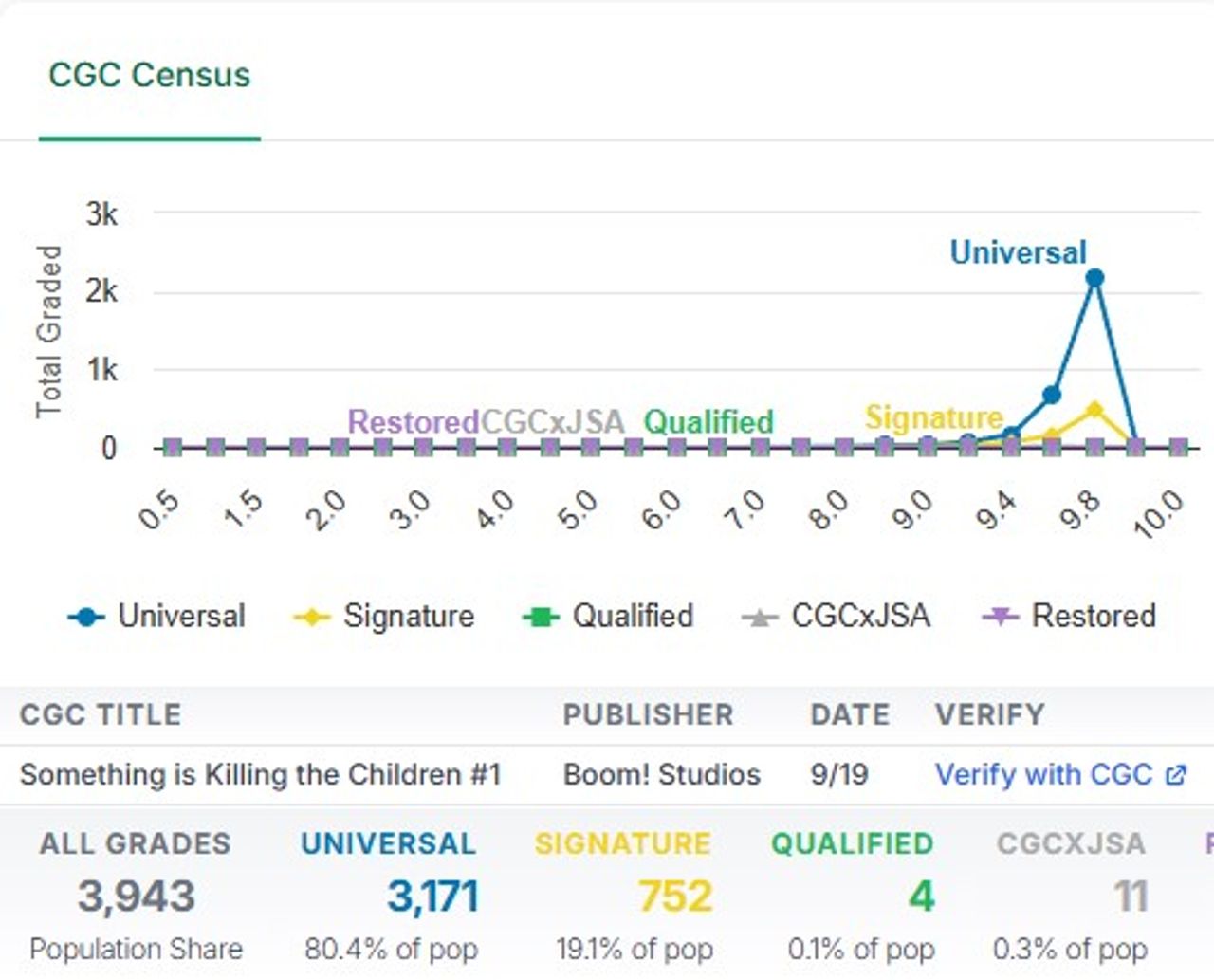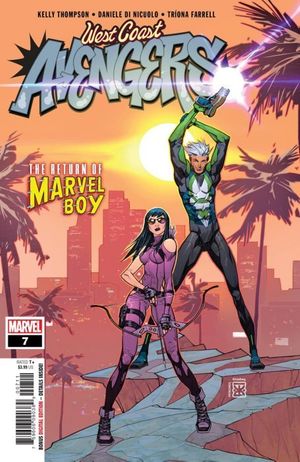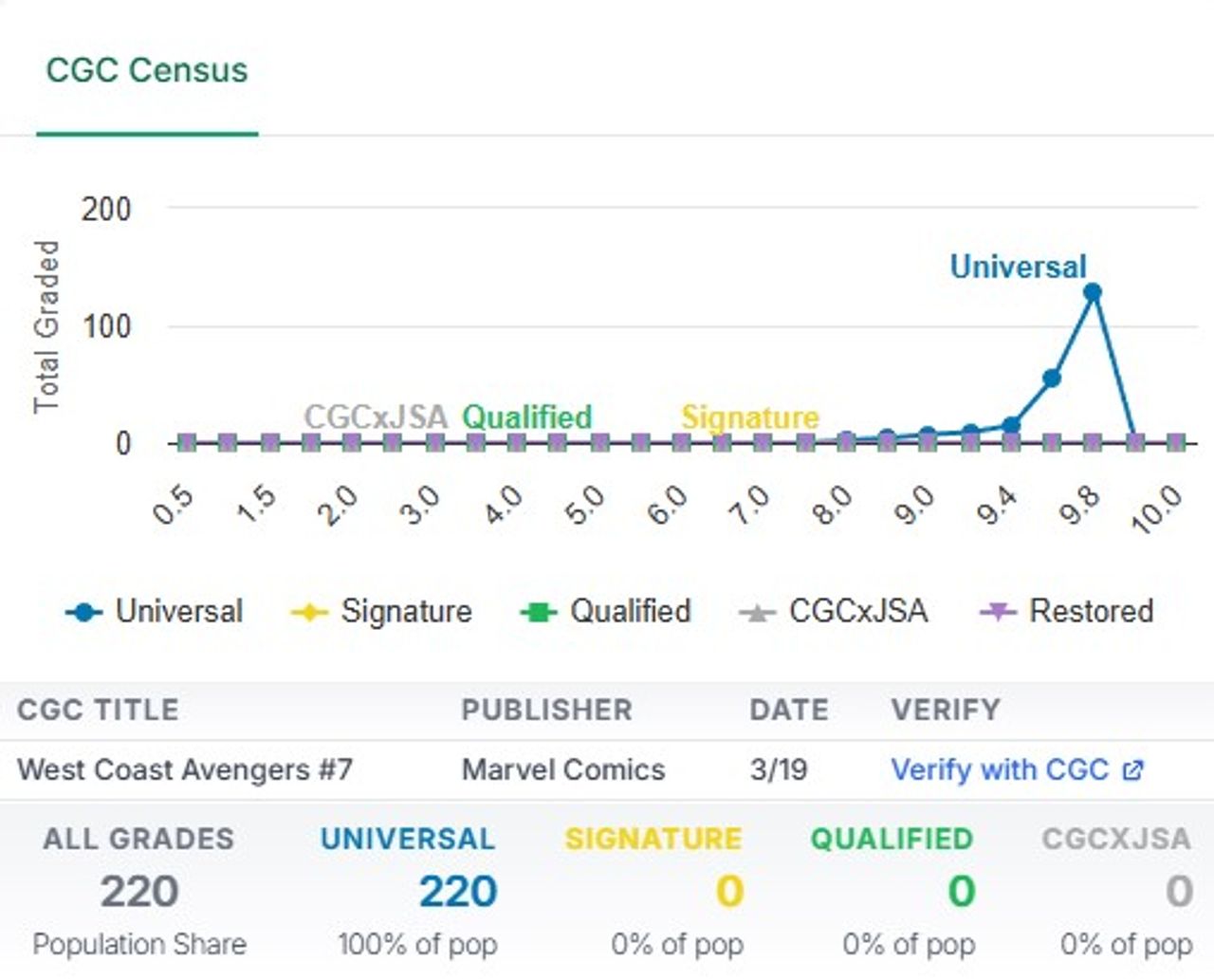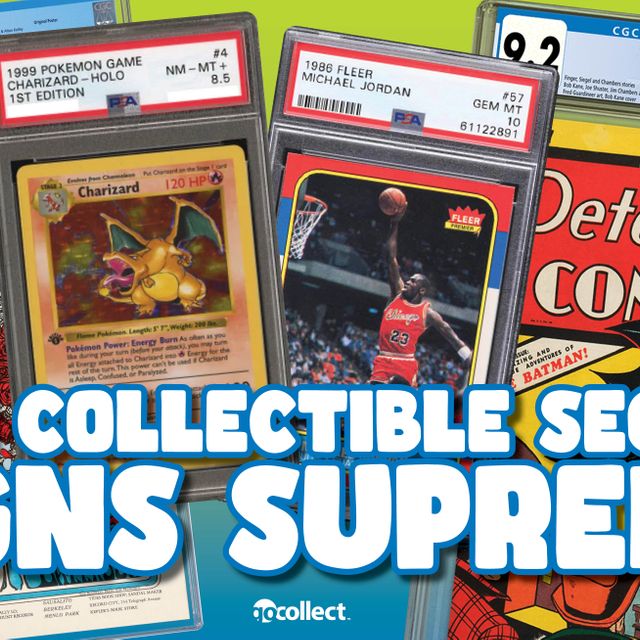The world of comic books is a dynamic tapestry, constantly evolving with new heroes and villains who capture the zeitgeist and redefine what it means to be iconic. Beyond the well-established legends, a new generation of characters has emerged, resonating deeply with today's audience by reflecting modern sensibilities, diverse experiences, and complex narratives. From groundbreaking representation to innovative storytelling, these figures prove that the most impactful comic book characters are often those who mirror our changing world. This article highlights these modern icons, presented not as a countdown, but chronologically by their first comic book appearance. For those interested in the collector's market, you can find more details on their current Fair Market Value (FMV) and CGC Census data by clicking on their respective hyperlinks.
The Sentry Key Significance: A Marvel powerhouse, the Sentry wields the strength of a million exploding suns, yet he is tragically haunted by deep mental struggles. He adds profound complexity to the Marvel Universe by exploring themes of addiction and memory loss, while his key battles with powerhouses like the Hulk and the Avengers vividly showcase his raw power and tragic flaws. | ||
Jessica Jones Key Significance: Jessica Jones is a former superhero who transitioned into a gritty, street-level private investigator. She was instrumental in launching Marvel’s mature MAX line, tackling real-world themes, and her compelling story later inspired a successful Netflix series, significantly expanding her popularity. | ||
Invincible Key Significance: Created by Robert Kirkman, known for The Walking Dead, Mark Grayson AKA Invincible brought superhero storytelling to the forefront of indie comics in the 2000s. He offers a grounded take on heroism, blended with intense violence and compelling family drama, which later inspired a popular animated series that drew a new wave of readers to the comic series. | ||
X-23 (Laura Kinney) Key Significance: X-23, also known as Laura Kinney, actually made her debut in X-Men: Evolution before jumping into comics. As a female clone of Wolverine, she brought fresh energy to the X-Men world with her fight for identity and the cycle of violence she was born into. Her story really connected with fans, and she eventually took on the Wolverine name herself, locking in her spot as one of Marvel’s top heroes. It all capped off with her powerful performance in Logan, leaving a mark that won’t be forgotten. | ||
Young Avengers Key Significance: This issue introduced a new generation of heroes to the Marvel Universe, bringing fresh energy and diversity to its lineup. The team’s first roster included Patriot, Hulkling, Wiccan (formerly named Asgardian), Iron Lad, and Kate Bishop, (who would later take up the mantle of Hawkeye). Each character quickly became important to Marvel’s stories, with Hulkling and Wiccan taking key roles in cosmic and magical storylines—and also becoming one of Marvel’s most beloved couples. Patriot and Iron Lad brought in connections to Marvel’s rich past. Together, these Young Avengers redefined what it meant to be young heroes in the Marvel Universe. | ||
Blue Beetle (Jaime Reyes) Key Significance: Jaime Reyes, as the Blue Beetle, introduced significant Latino representation to DC’s hero lineup, often through relatable family dynamics. His unique scarab tech seamlessly connects street-level narratives with grand cosmic adventures, making him a symbol for a new generation of DC fans and lead to his live-action appearance in the DCEU and maybe beyond. | ||
Amadeus Cho Key Significance: Recognized as one of the smartest characters in the Marvel Universe, Amadeus Cho brought a youthful and fun Asian representation to Marvel stories. He eventually became the "Totally Awesome Hulk," adding an exciting new twist to the enduring Hulk legacy. | ||
Batwoman (Kate Kane) Key Significance: Kate Kane, Batwoman, is an openly LGBTQ+ hero who carries the Bat legacy with her own distinct style. She expertly balances Gotham’s inherent darkness with her own personal struggles and military discipline, headlining her own series and appearing in live-action adaptations. Note: Kate Kane first appeared in 52 #7, with her full first appearance as Batwoman in #11. | ||
Damian Wayne Key Significance: Damian Wayne, the son of Bruce Wayne and Talia al Ghul, embodies a unique blend of Batman’s and Ra’s al Ghul’s legacies. A highly skilled fighter with a complex relationship with his father, Batman, he brings youthful rebellion and sharp wit to the iconic Robin role. Note:This comic is considered Damian Wayne's first cameo appearnace. The next issue #656 is his first full appearance. Damien Wayne first appeared as Robin in Batman and Robin #1 (2009). | ||
Kick-Ass Key Significance: Kick-Ass follows Dave Lizewski, an ordinary teenager who decides to become a hero despite having no powers or training. His journey shows the harsh, often painful reality of trying to fight crime in the real world, mixing dark humor with brutal action. As Kick-Ass, Dave represents the idea that anyone can try to make a difference, but it comes with serious consequences. The character’s grounded, unfiltered approach struck a chord with readers and led to successful film adaptations. | ||
Hit-Girl Key Significance: Hit-Girl, with her brutal and fearless nature, quickly became a breakout character from the Kick-Ass series. Her audacious action and sharp wit made her a standout, proving a formidable force in her own right and captivating audiences in both comics and subsequent film adaptations. | ||
Miles Morales Key Significance: Miles Morales introduced essential Afro-Latino representation to the Spider-Man legacy, resonating with a wide and diverse audience. He navigates the relatable challenges of teenage life alongside his hero duties, becoming a cultural icon through the Into the Spider-Verse films and his ongoing comic series. Miles has also properly represented the title of Spider-Man, carrying on the legacy just like his predecessor Peter Parker. | ||
America Chavez Key Significance: America Chavez is a multiverse-hopping hero with incredible super strength and the ability to create star portals. As one of Marvel’s leading LGBTQ+ Latina characters, she has appeared in comics, animation, and live-action, expanding her fanbase across various media. | ||
Agent Phil Coulson Key Significance: Agent Phil Coulson uniquely transitioned from the Marvel Cinematic Universe into the comics, effectively bridging the screen and comic book universes. He became a symbol of the everyday hero within S.H.I.E.L.D., earning a loyal following thanks to his grounded, calm heroism. | ||
Nova (Sam Alexander) Key Significance: Sam Alexander, as Nova, is a young hero who expertly juggles vast cosmic responsibilities with the everyday struggles of a teenager. He brought fresh energy to Marvel’s cosmic stories and is inspired by his father’s legacy, creating compelling, family-driven storylines. | ||
Ms. Marvel (Kamala Khan) Key Significance: Kamala Khan is a Pakistani-American teen from Jersey City who gains shape-shifting powers as an Inhuman. As Ms. Marvel, she balances superhero action with everyday life, family, and identity challenges. She’s Marvel’s first Muslim hero to headline her own series and a fresh voice for a new generation. Note: Kamala Khan's first cameo appearance was in Captain Marvel #14 (2013). | ||
Ghost Rider (Robbie Reyes) Key Significance: Robbie Reyes modernized the Ghost Rider concept by driving a muscle car instead of a motorcycle. He deftly balances his street racing life with supernatural vengeance and introduced vital Latino representation to the enduring Ghost Rider legacy. | ||
Spider-Gwen Key Significance: Spider-Gwen reimagines Gwen Stacy as Spider-Woman in her own unique universe. Her character skillfully combines a punk rock aesthetic with Spider-Man’s core themes of responsibility and sacrifice, becoming a breakout hit that led to solo series and popular animated appearances. | ||
Spider-Punk (Hobie Brown) Key Significance: Hobie Brown, Spider-Punk, brings a distinct punk rock edge to the Spider-Verse. He is renowned for his rebellious spirit and guitar-smashing style, and his recent appearance in Across the Spider-Verse significantly boosted his visibility and popularity. | ||
Jessica Cruz Key Significance: Jessica Cruz is a Green Lantern who bravely overcomes severe anxiety to wield her power ring. She powerfully represents mental health struggles in superhero stories while adding important diversity to the Green Lantern Corps and showing strong leadership qualities. Note: Jessica Cruz officially becomes a Green Lantern in Justice League #50 (2016). | ||
Jon Kent, Superman, Son of Kal-El Key Significance: Jon Kent, the son of Superman and Lois Lane, embodies a unique blend of human and Kryptonian heritage. As he carries the Superman mantle, Jon also represents greater diversity in superhero stories—being portrayed as a young hero who is openly bisexual. He faces the challenge of living up to his father’s legendary legacy while forging his own path and exploring modern issues. | ||
Doctor Aphra Key Significance: Chelli Lona Aphra, known as Doctor Aphra, is a rogue archaeologist in the Star Wars universe with a morally gray compass. Her partnership with murder droids brings a unique dark humor to Star Wars storytelling, making her a cult favorite who expands the universe beyond the usual Jedi and Sith stories. | ||
Ironheart (Riri Williams) Key Significance: Riri Williams, Ironheart, is a teen genius who ingeniously builds her own Iron Man suit. She carries Tony Stark’s legacy forward with her own distinct identity, highlighting young Black female brilliance within the Marvel Universe. Her story has also been brought to life in the Ironheart TV series, expanding her impact beyond the comics. Note: Riri Williams first appeared as a cameo in Invincible Iron Man Vol. 2 #7 (2016). | ||
Batman Who Laughs Key Significance: The Batman Who Laughs is a terrifying dark multiverse version of Batman, fused with the Joker’s unhinged madness. He injects powerful horror elements into the Batman mythos and quickly became a fan-favorite villain, featured in high-impact stories. Note: Batman Who Laughs first cameo appearance is Dark Days: The Casting #1 (2017). | ||
Erica Slaughter Key Significance: Erica Slaughter is a formidable monster hunter in Something is Killing the Children, dedicated to protecting kids from horrific threats. Known for her stoic attitude and complex backstory, she has become a standout character in modern indie horror, thanks to powerful storytelling that keeps readers hooked. | ||
Jeff the Land Shark Key Significance: Jeff the Land Shark is an adorable, pet-sized land shark in the Marvel Universe. He consistently brings humor and heart to comics. Jeff has become a cult favorite among collectors and casual readers—and he’s even a playable character in the Marvel Rivals games, bringing his charm into the gaming world. | ||
These characters play a key role in shaping what comics mean today. Their value isn’t just in their powers or adventures, but in how they represent diverse voices, tackle real-life issues, and connect with people everywhere. Beyond the pages, many of them have become important figures in movies, TV shows, and games, helping to bring these stories to a wider audience. They’re shaping the future of comics and inspiring new fans and creators by being relatable and relevant heroes for this generation.
For a deeper dive into each character and book discussed, including detailed analysis and insights, be sure to check out my YouTube video. It features dedicated chapters for each character, so you can easily jump to the ones that interest you most.
Did I miss any important characters from after 2000? Are there others you’d like to see on this list? Let me know in the comments—I’d love to hear your thoughts!
